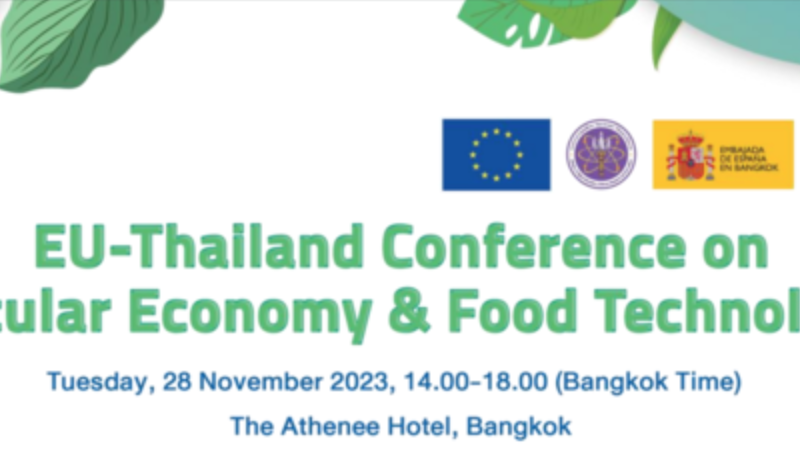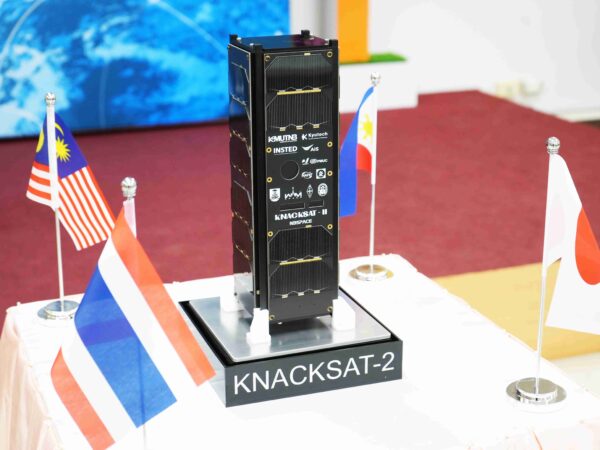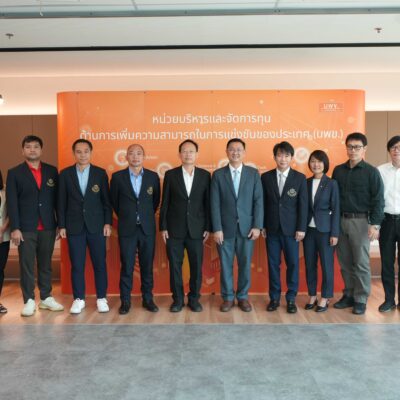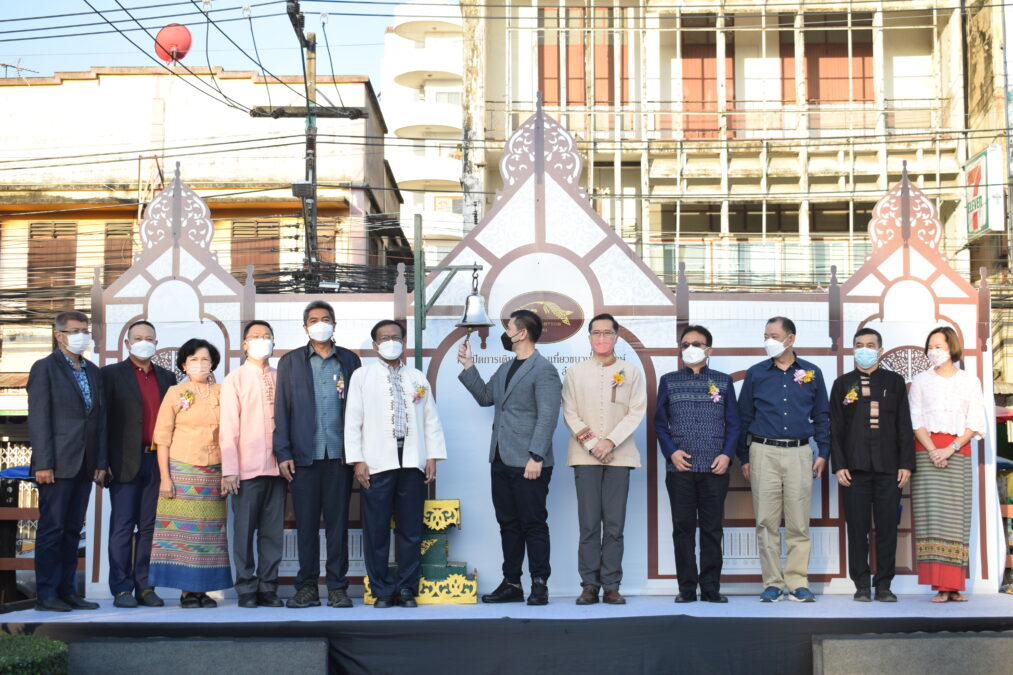
Program Management Unit for Competitiveness (PMUC) together with the State Railway of Thailand, Tourism Authority of Thailand, Upper Northern Office 1, and Lampang Rajabhat University along with the partnership network to drive research plans, all joined in an opening ceremony for the historical railway route in three upper Northern provinces, namely Chiang Mai – Lampoon – Lampang, to serve as a pilot program for development of creative tourism by train on the historic route from the Lanna era. The main focus is on creating opportunities for tourists to experience the northern people’s unique way of life through tourism by railway, connecting ancient cities with a focus on delivering value, emotions and feelings of nostalgia in a contemporary fashion. It is also a channel for transporting tourists from the main city (Chiang Mai) to the secondary cities (Lamphun and Lampang) in order to share the economic benefits with those cities. The route has been surveyed together with business owners, Association of Thai Travel Agents (ATTA), Thailand Convention and Exhibition Bureau (TCEB), media and tourists on February 12, 2022, followed by an opening ceremony of the inaugural train trip on February 13, 2022, with Assoc. Prof.(Emeritus) Duangrit Benjathikulchairungruang, Ph.D., secretary of the Ministry of Higher Education, Science, Research and Innovation (MHESI) presiding over the opening ceremony.
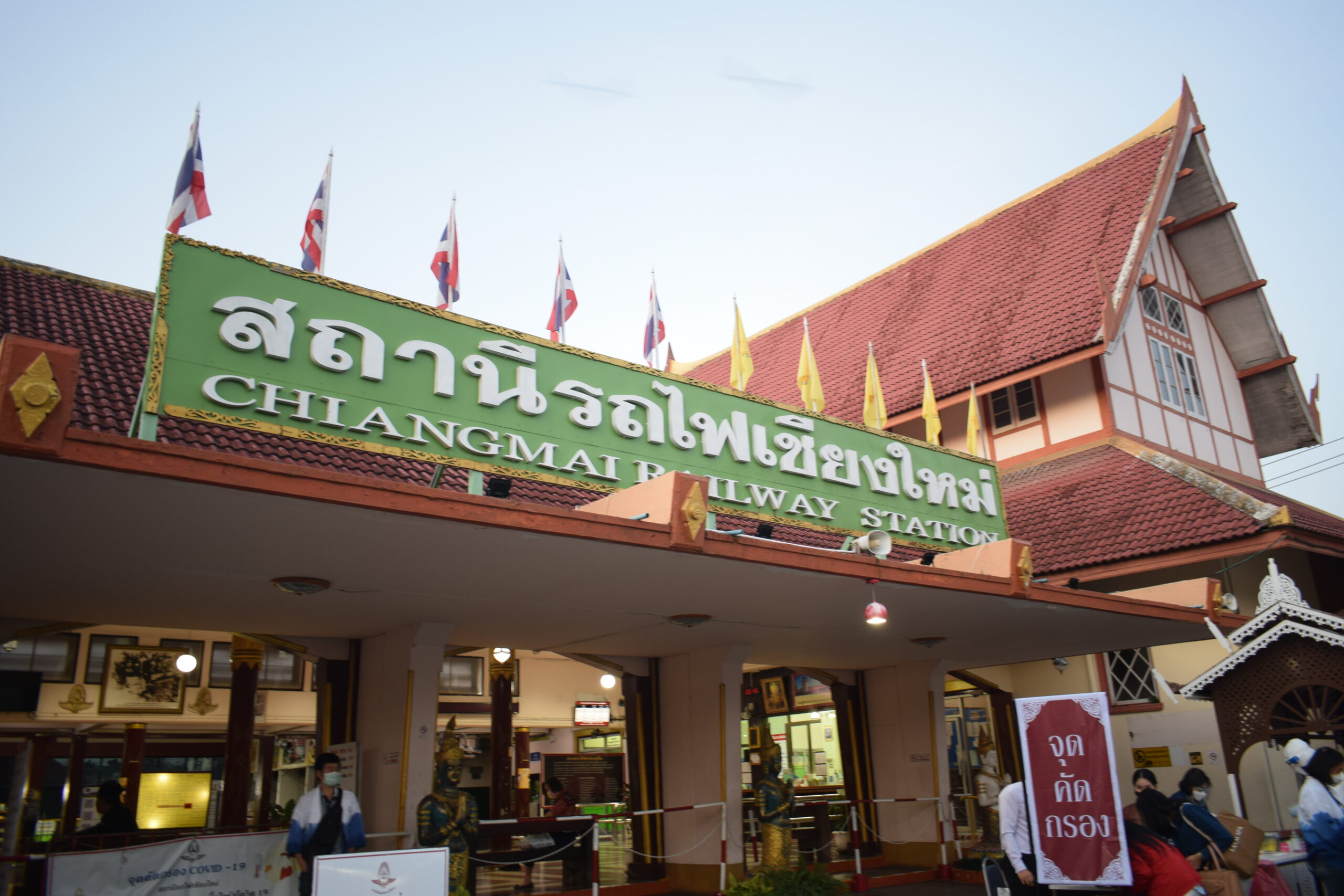
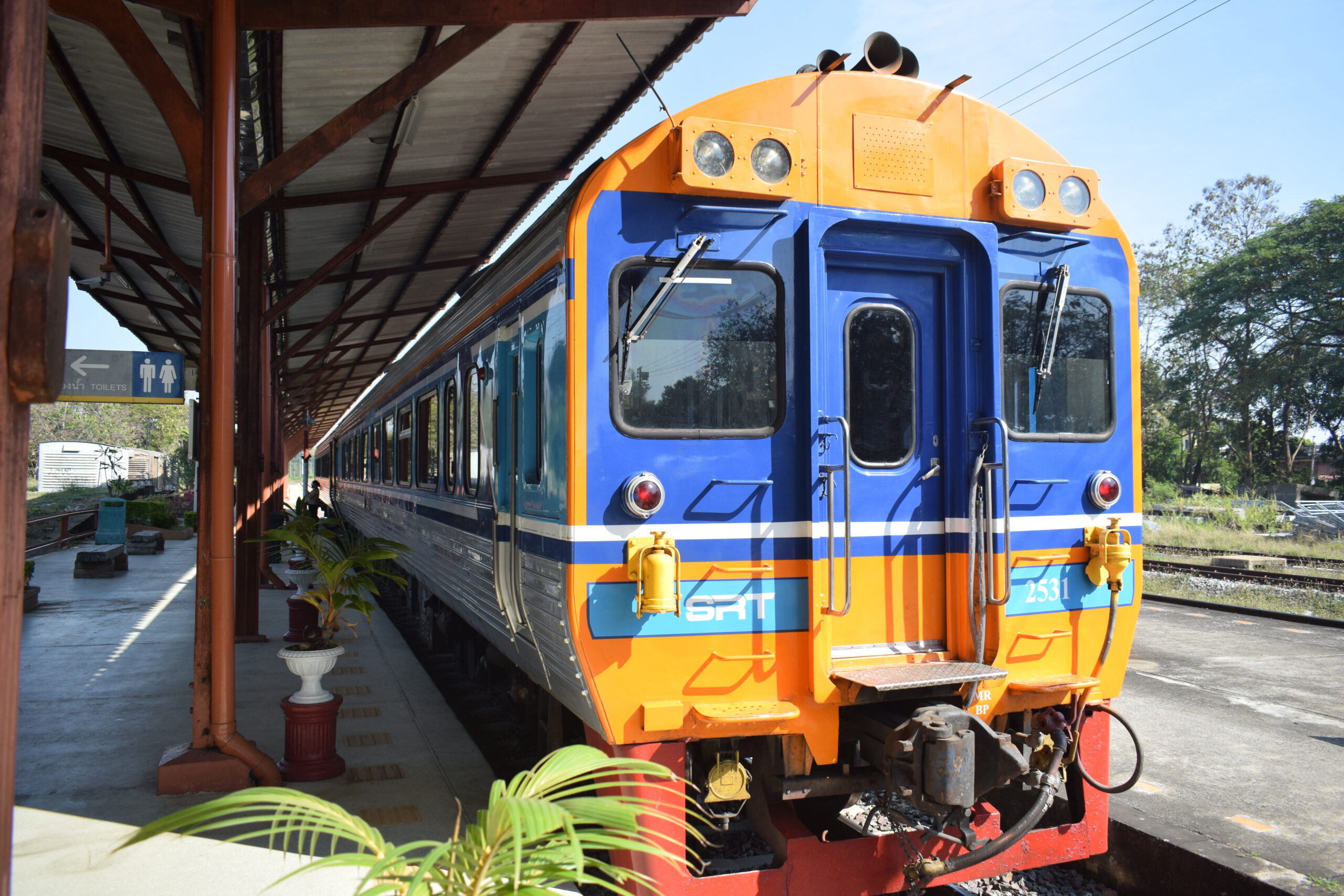
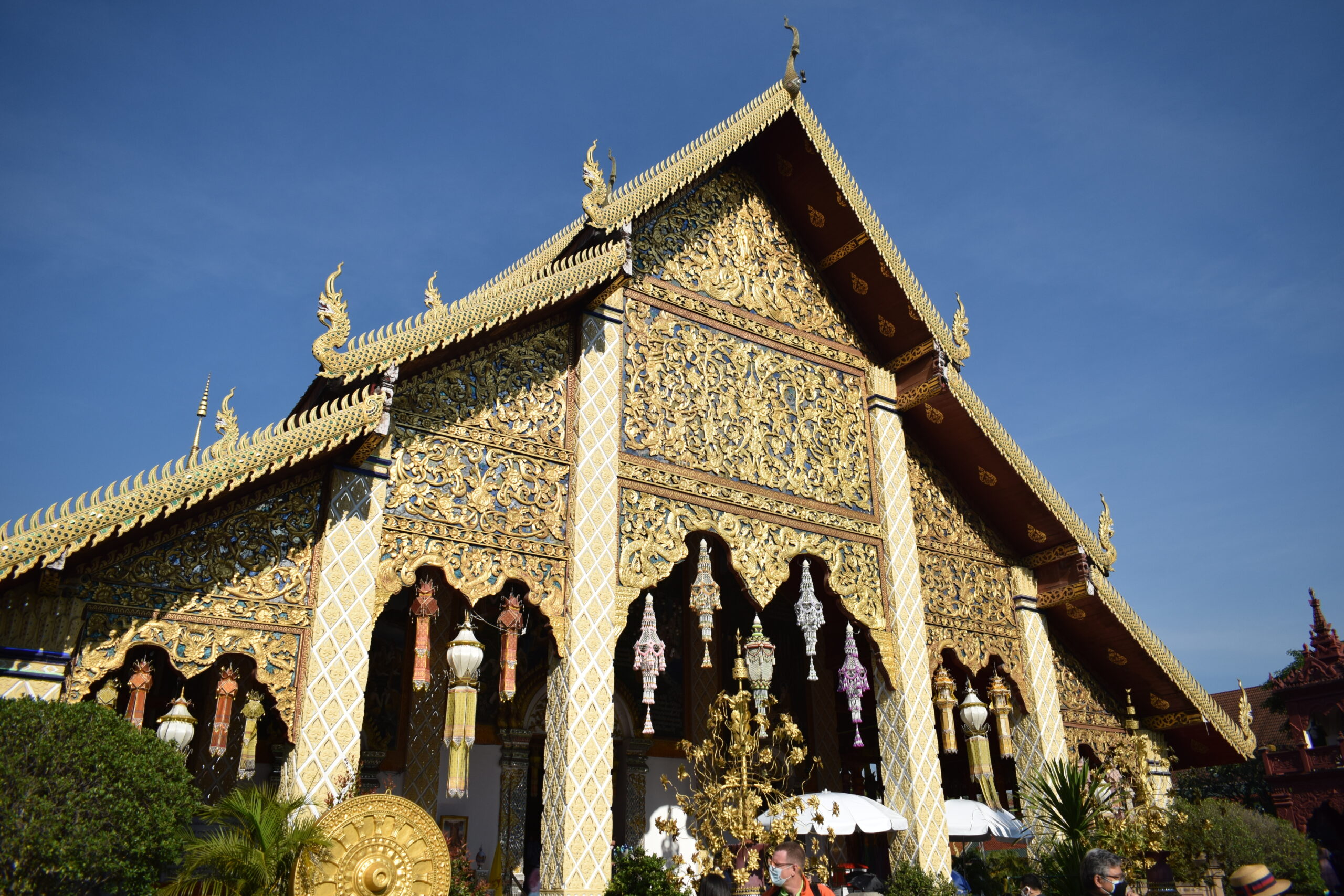
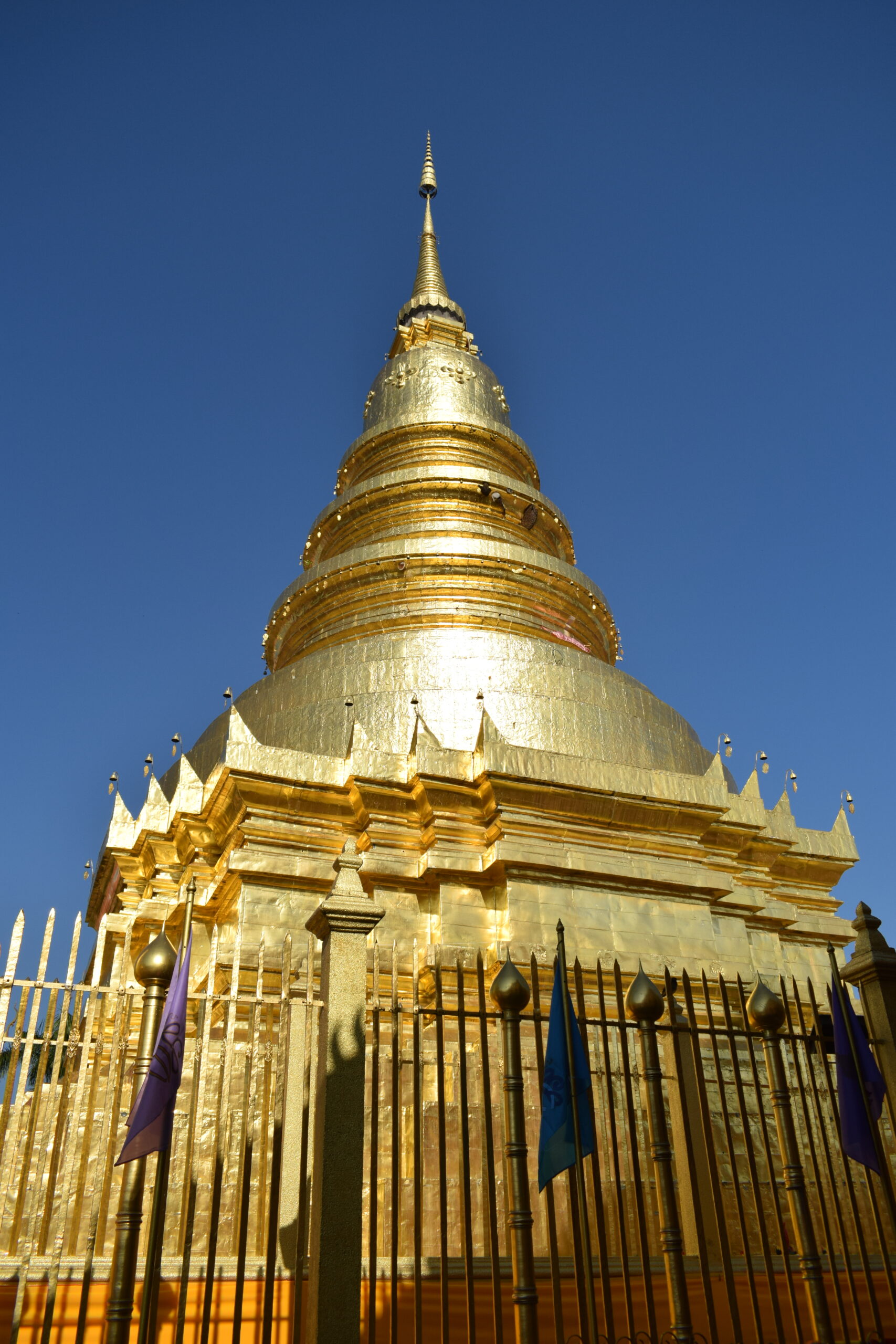
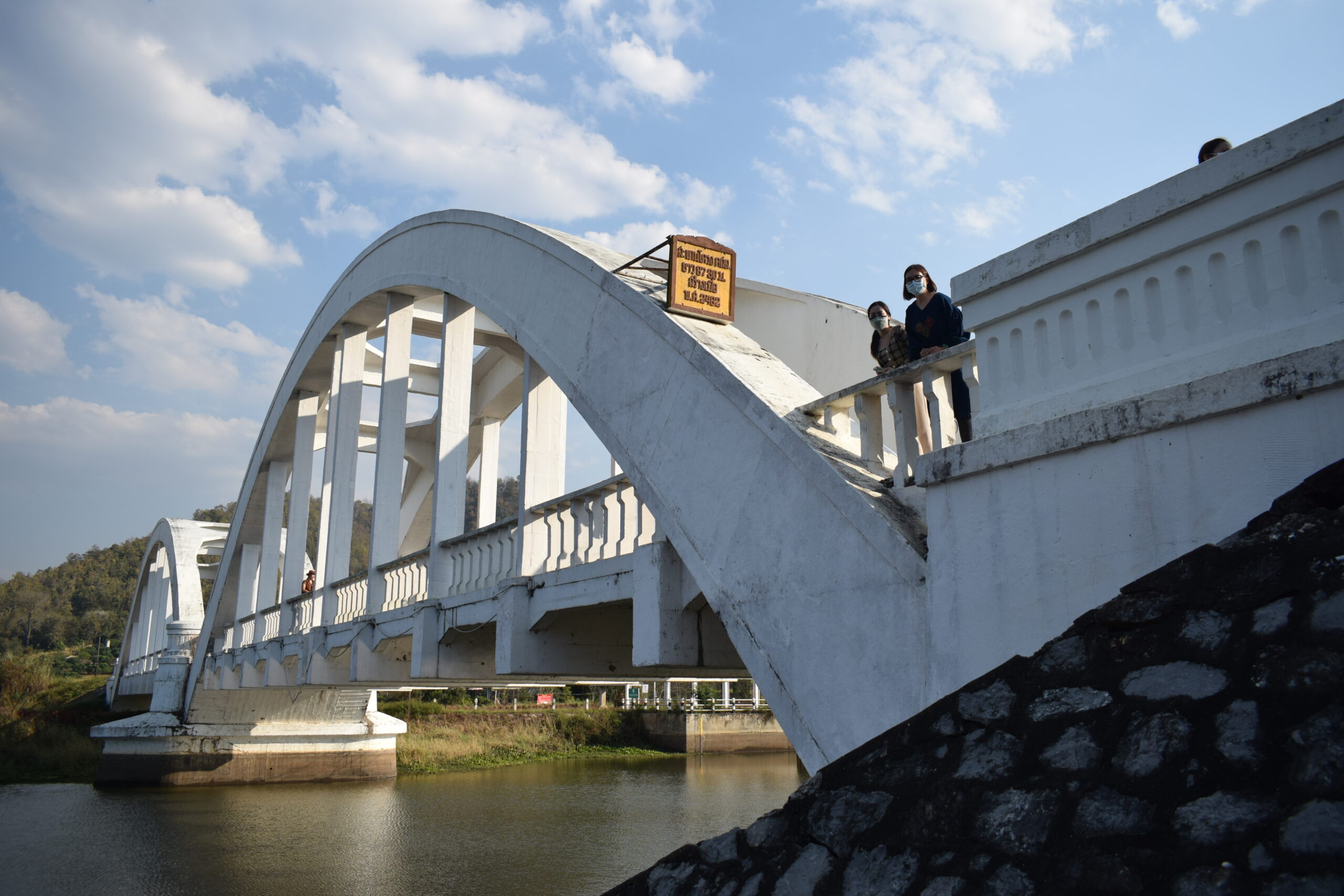
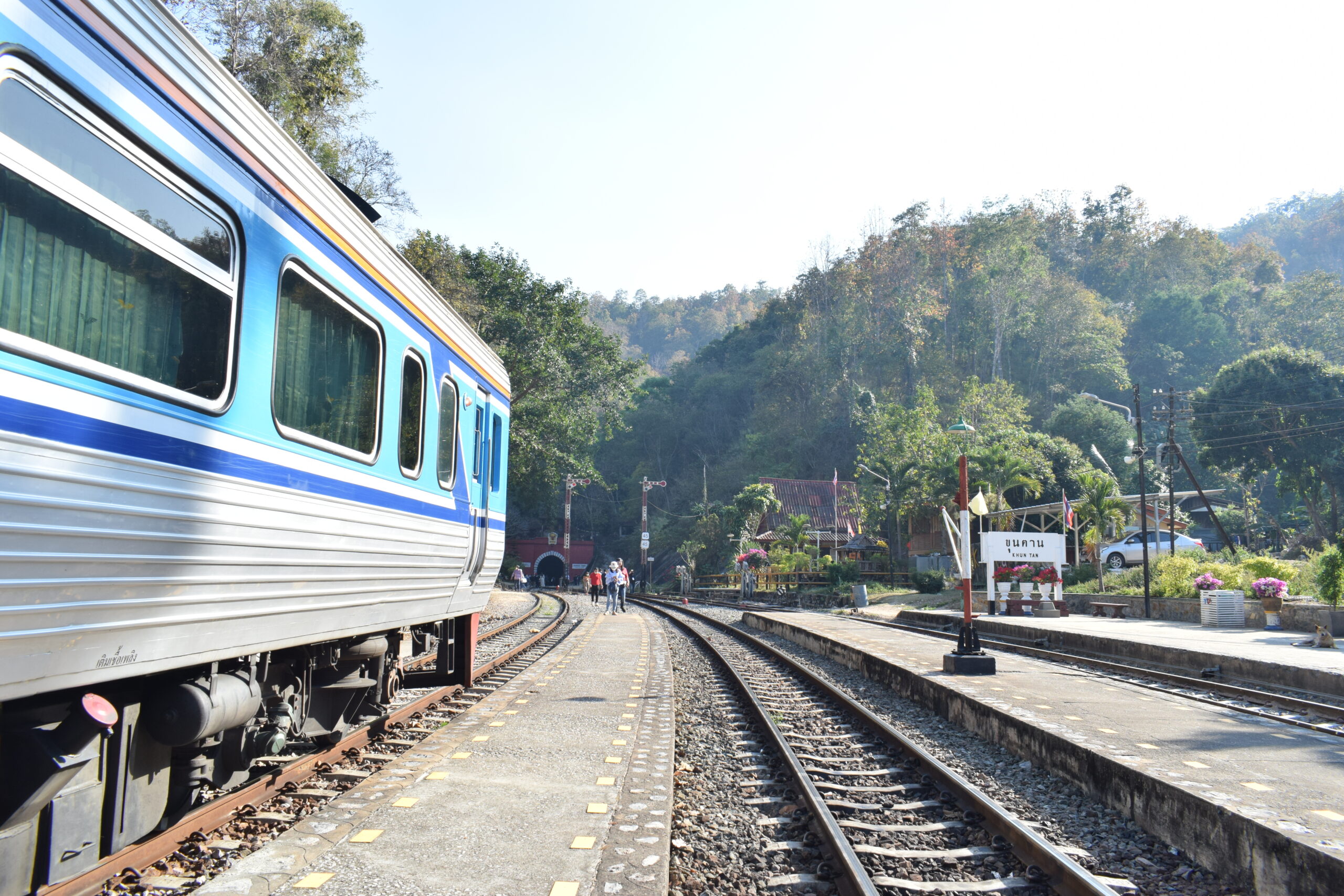
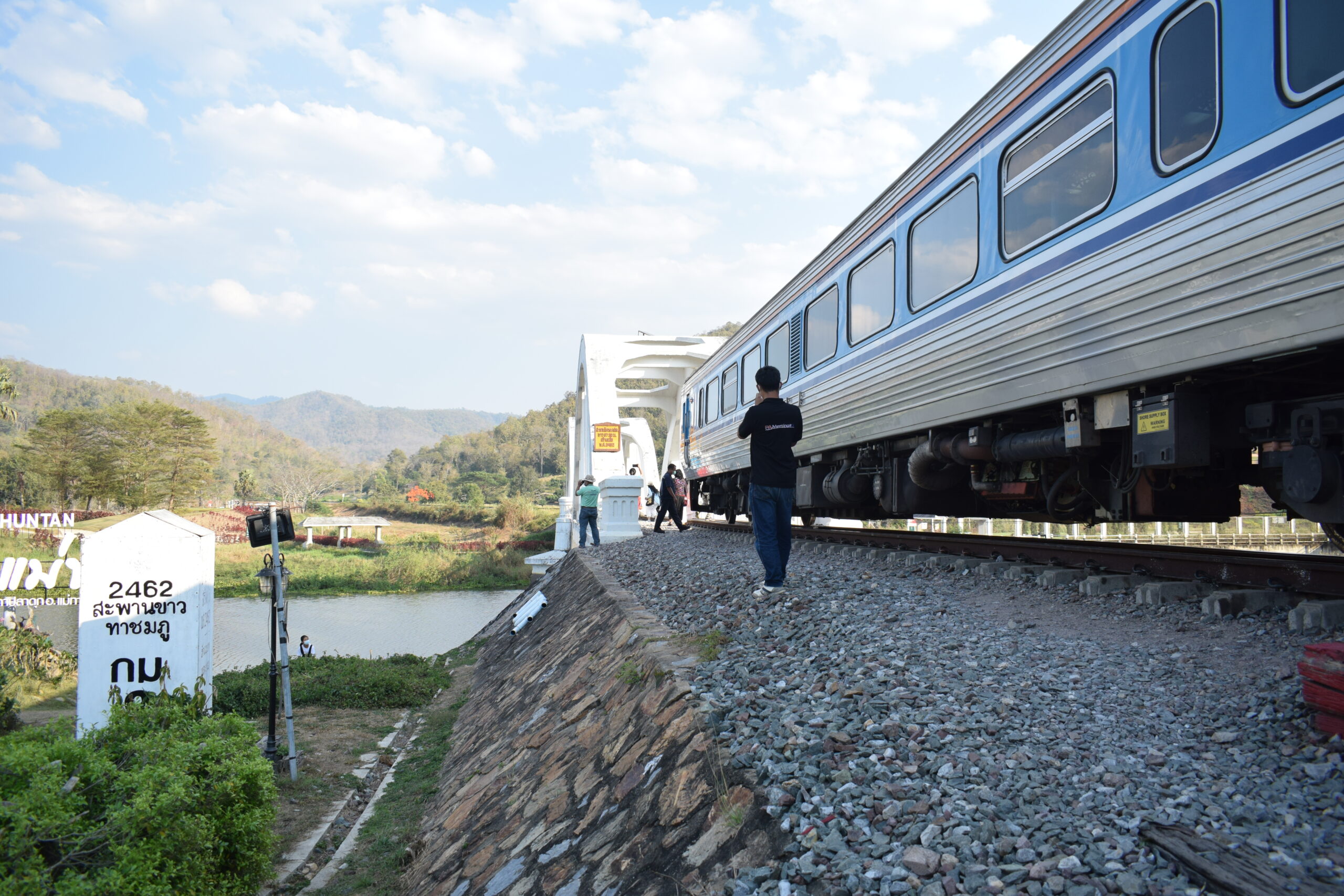
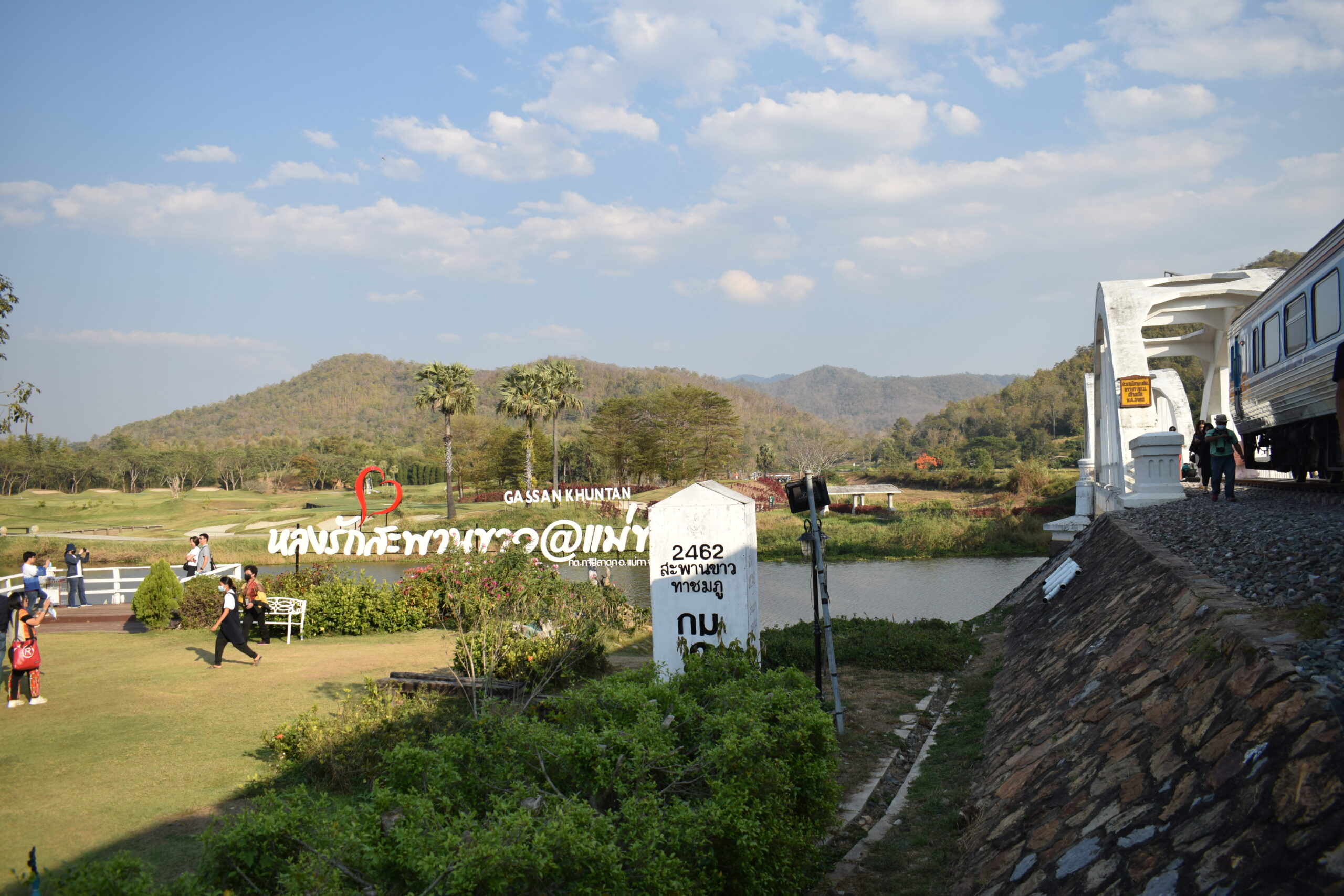
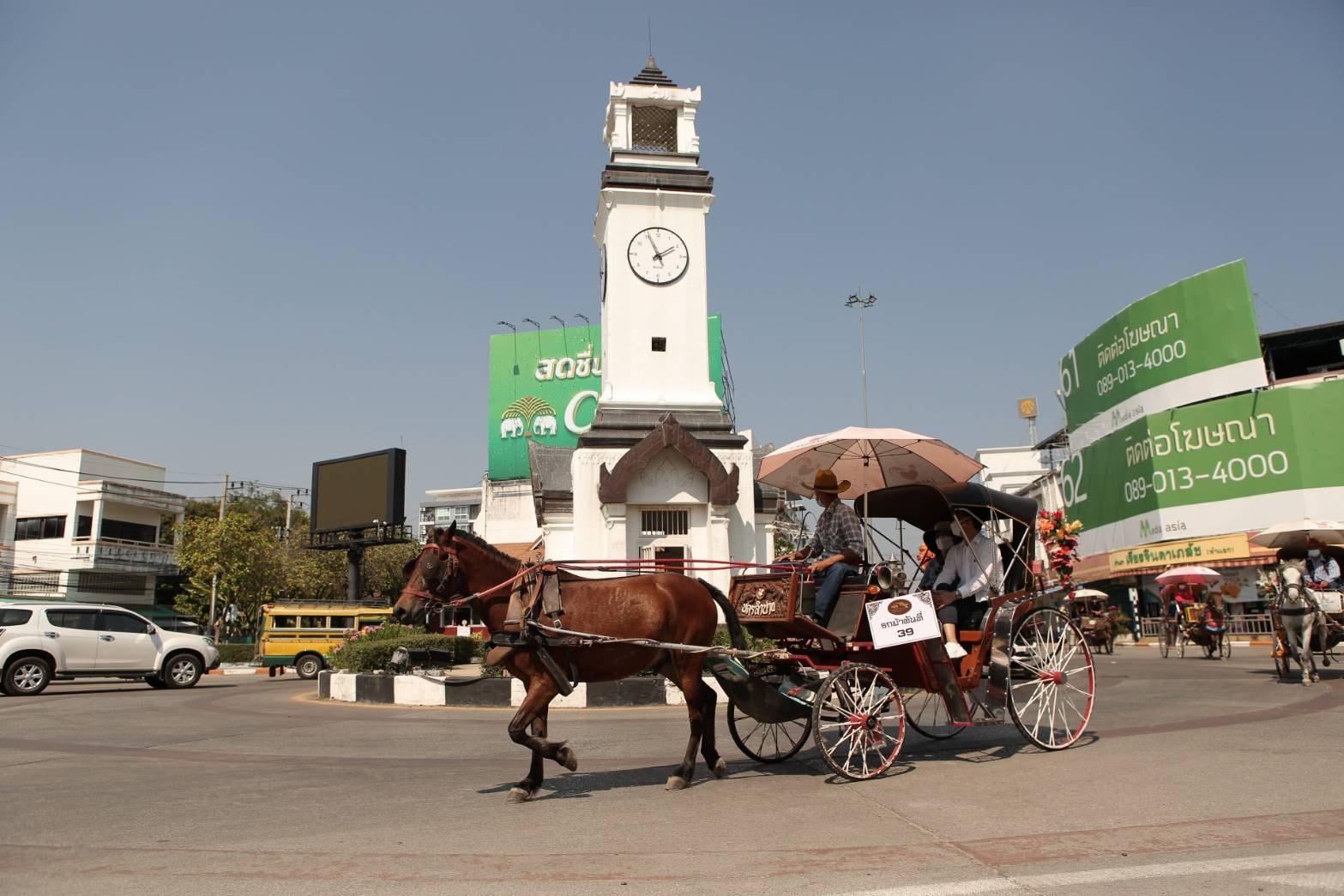
This historic journey begins at Chiang Mai Railway Station by special trains that take tourists to Lampoon and Lampang, which are considered charming secondary cities outstanding in art, culture and fascinating history. Visitors can take a tram from Lampoon Railway Station to see the way of life in the community, visiting old commercial districts and important places in Lampoon such as Ku Chang – Ku Ma, Wat Phra That Hariphunchai Woramahawihan, Queen Chamadevi Monument, Khum Chao Luang Chak Khamkhajornsak, etc. After that, tourists can travel to Lampang province by continuing on the same train. Once there, visitors can take a ride in a horse-drawn carriage, which is Lampang’s signature mode of travel, from Lampang Railway Station. The tour will lead through old commercial and historical districts of Lampang, such as Pratu Pong Community, Tha Ma-O Community, Sop Tui Community, Lampang Railway Community, Wat Si Rong Muang and Wat Pongsanuk, which has been registered as a World Heritage Site for its outstanding ancient and magical architecture and art. Along the route, there will be a tour guide who will provide background information about the history of each place to enhance the flavor, conjure up emotions and feelings of nostalgia for tourists. Around the train stations in both provinces there are community people offering a plethora of products for tourists to choose from while waiting for the train, which is another channel to distribute income generated by the train route to the community.
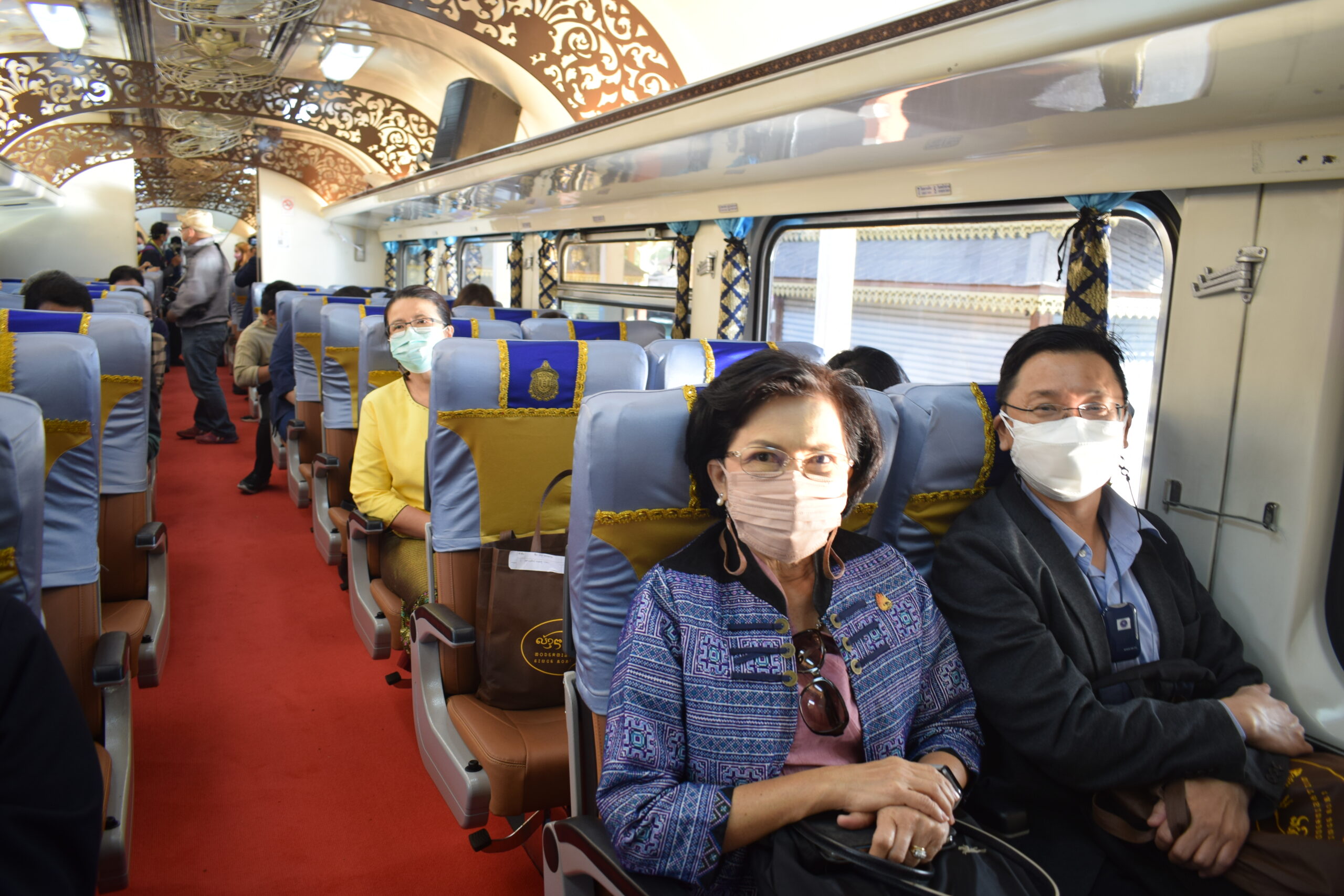

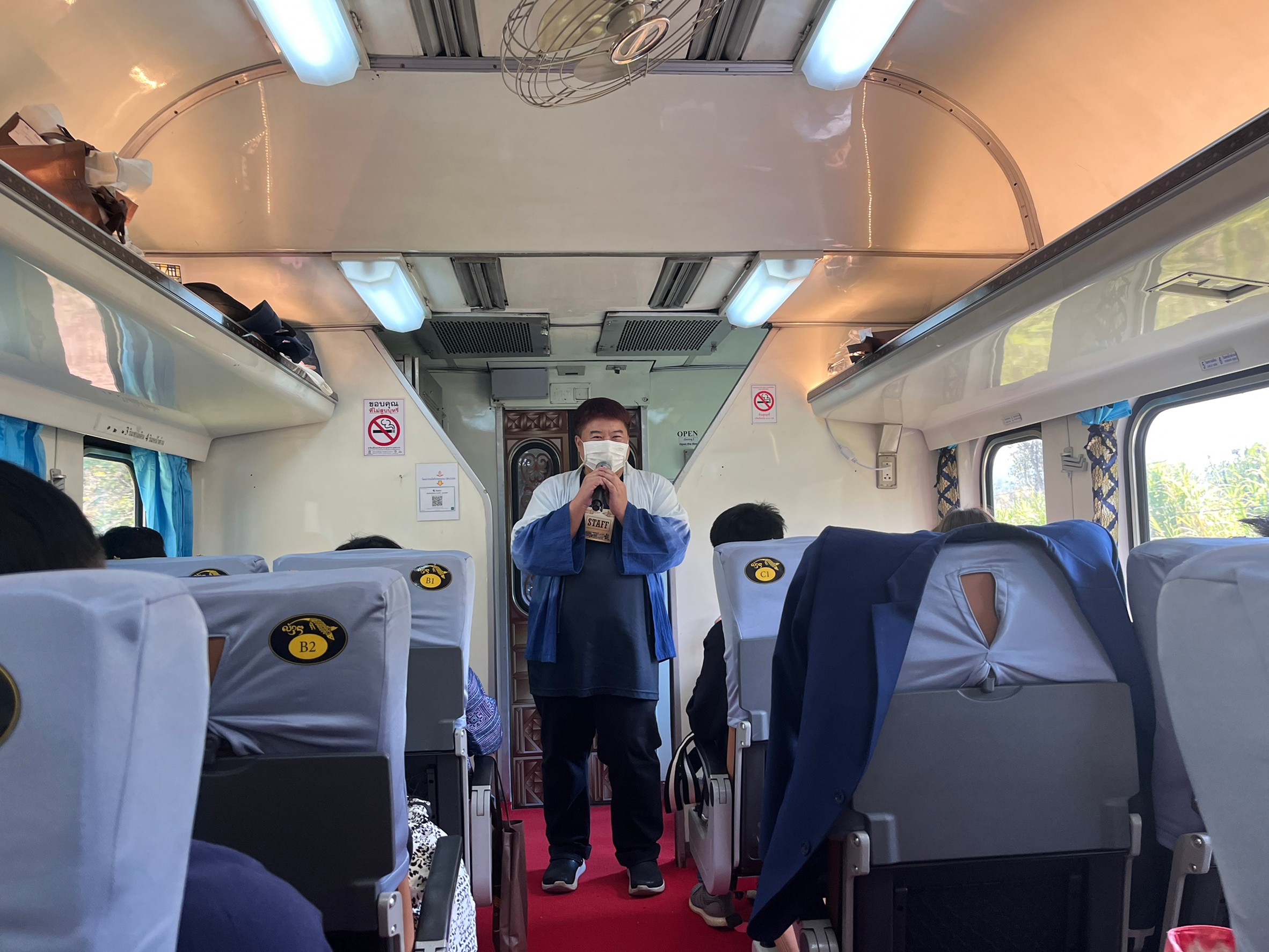
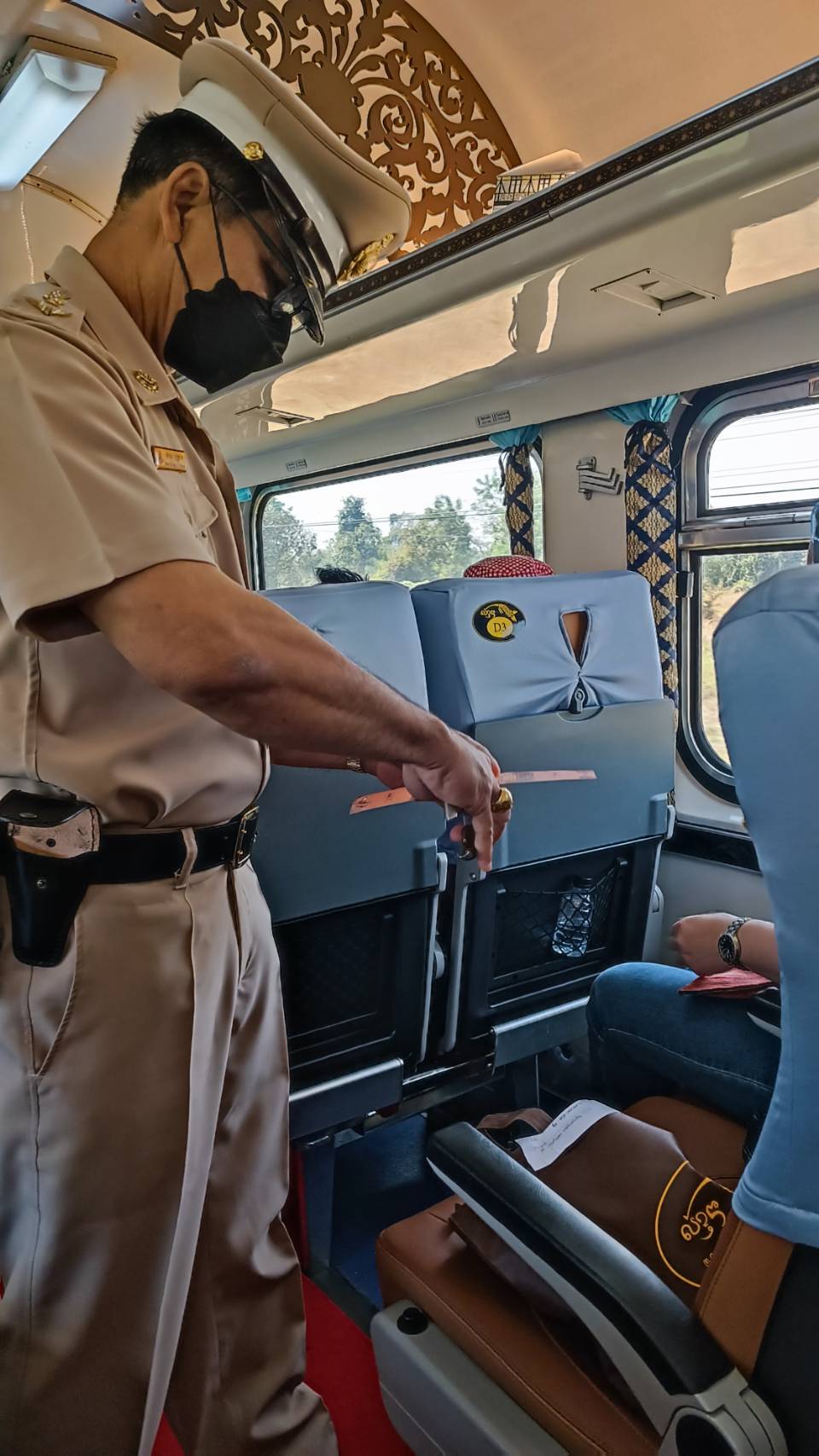
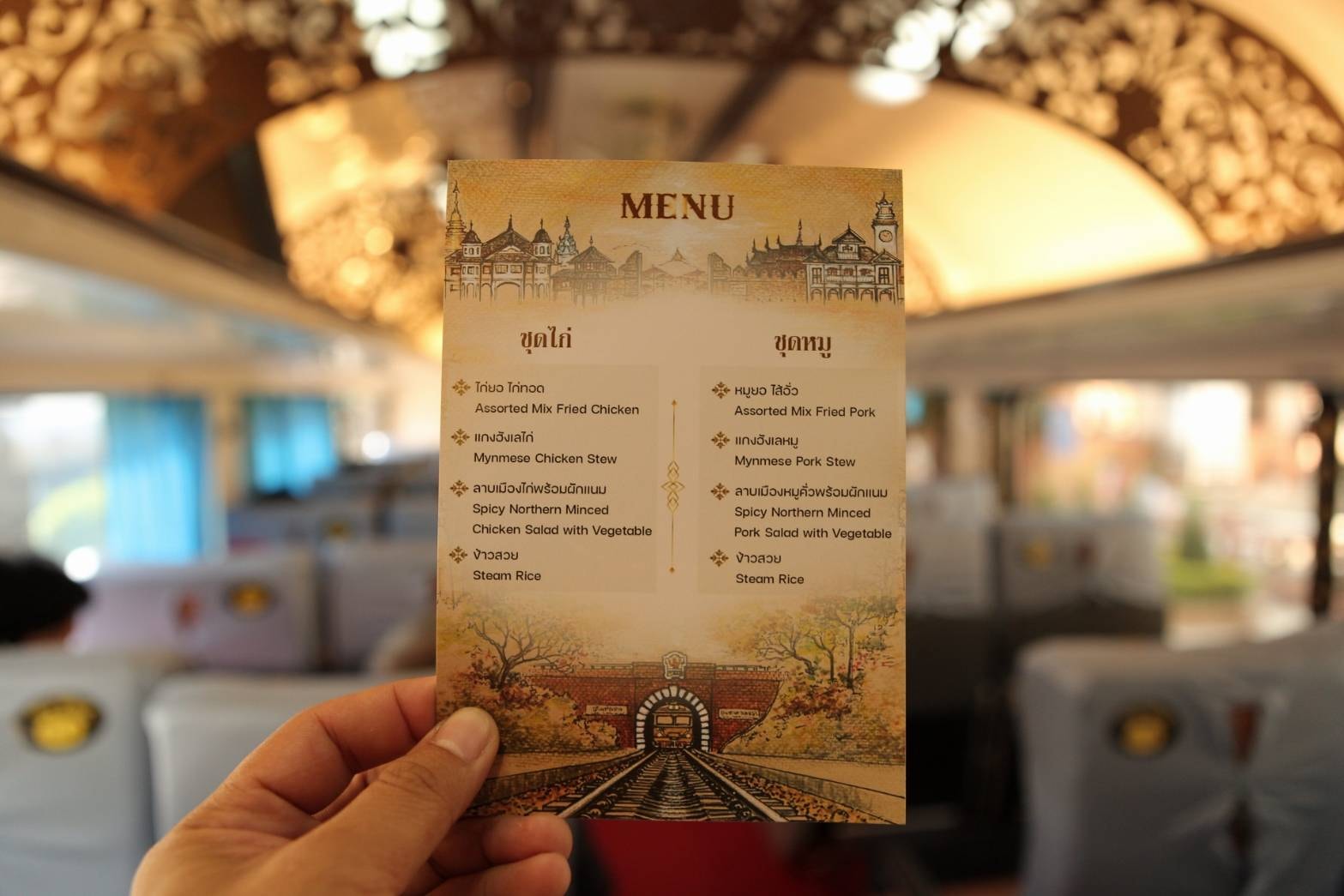
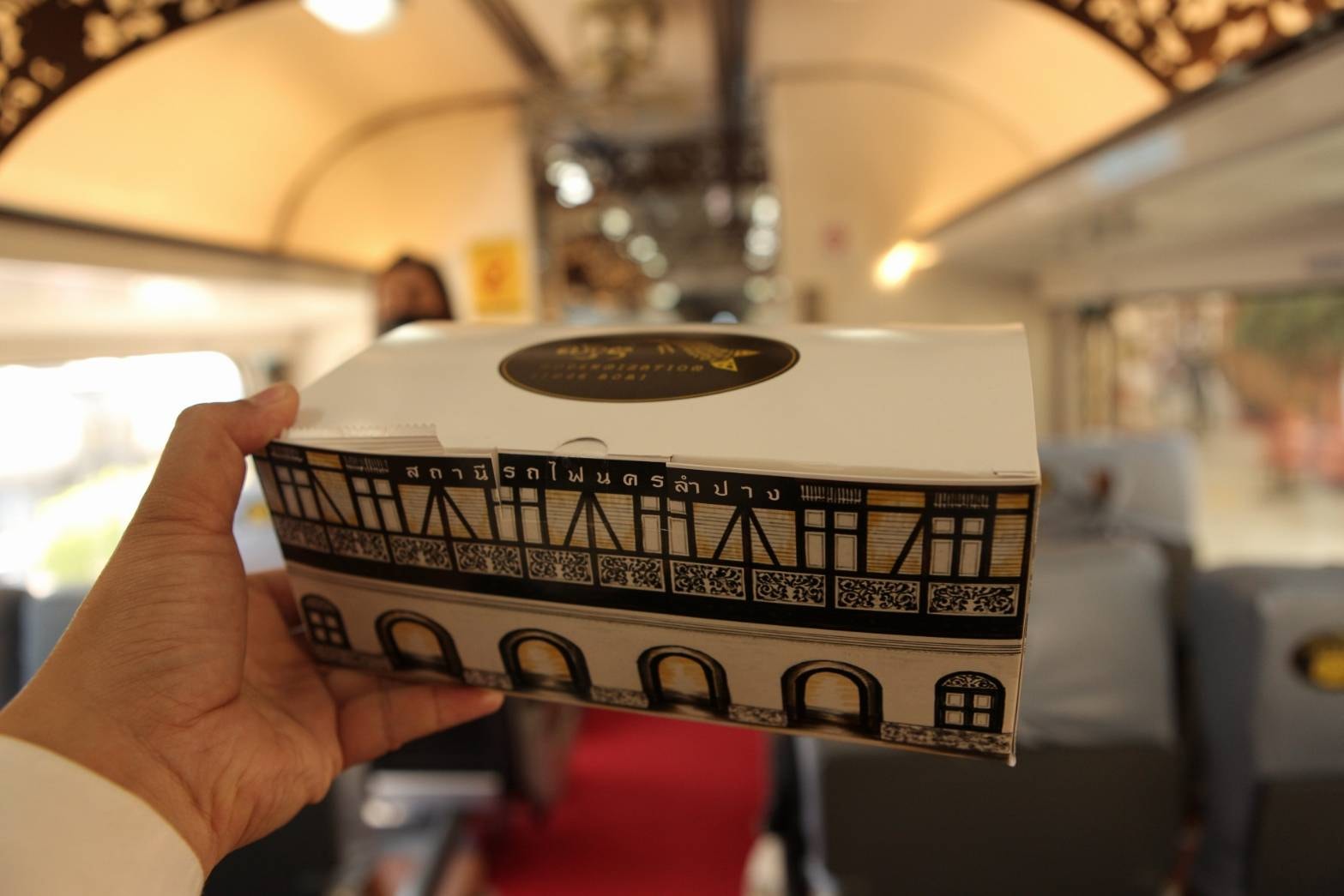
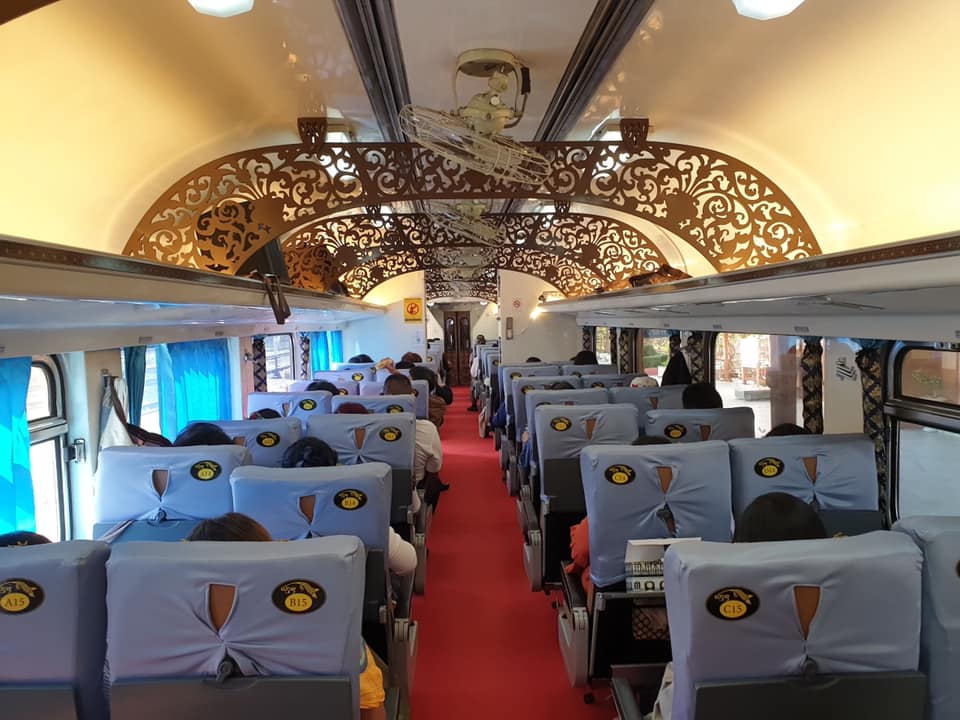
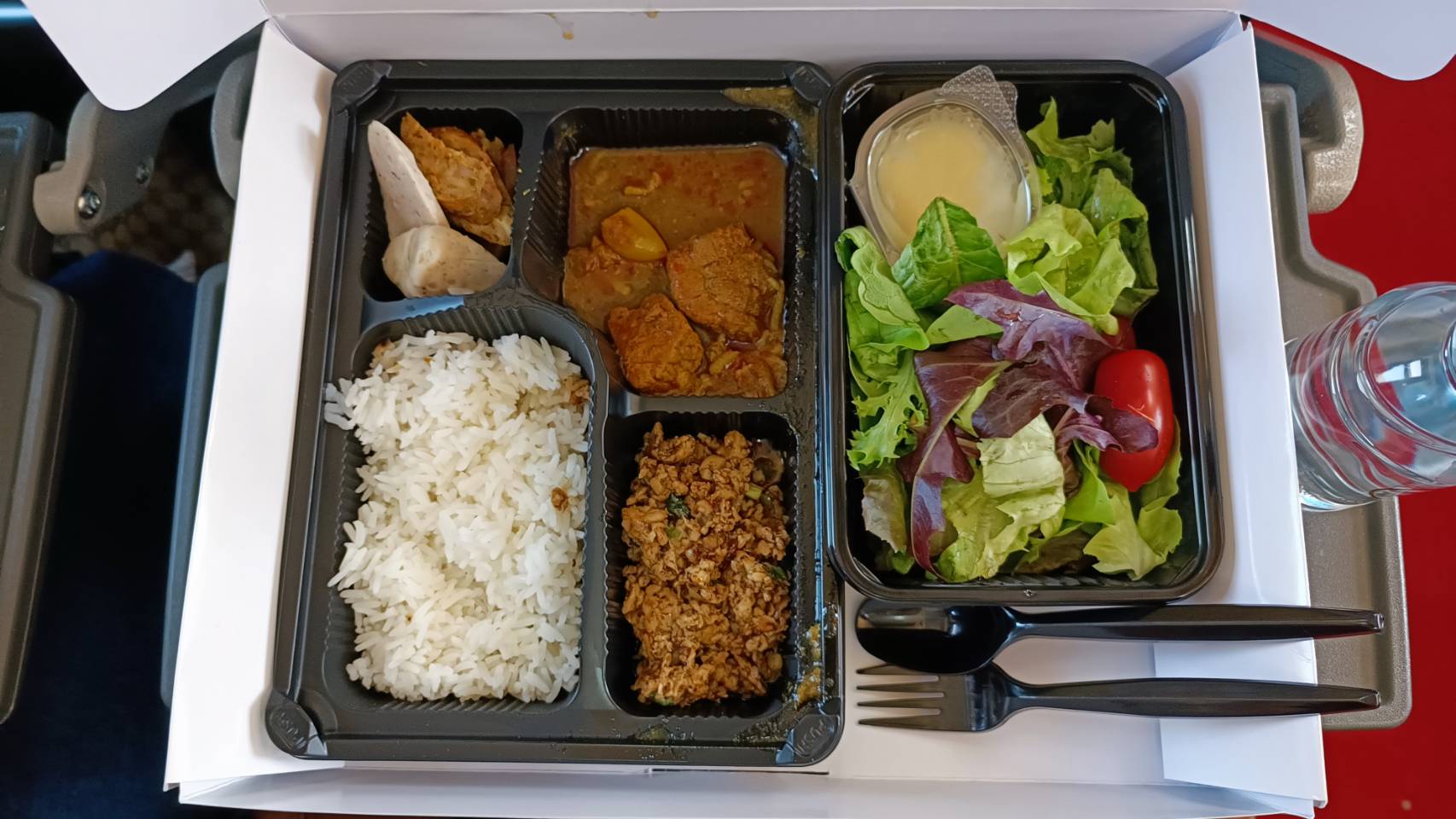
Assoc. Prof. Thongchai Suwanasichan, Ph.D., deputy director of PMUC, said that due to the COVID-19 situation, which has a wide impact on Thailand’s economy, especially the tourism sector, which is considered an important income generator for the country. After the corona virus pandemic, the number of foreign tourists has dropped by more than 80%, which directly affects tourism-related businesses, including community people who earn income from tourism. The stimulation of tourism in the country has thus become another channel to help drive the country’s tourism economy. PMUC, as a main provider of research funding to increase the country’s competitiveness, has a mission to support research funding to drive the country’s economy, and to help industries to become more competitive by pushing for collaboration between the public and private sectors both domestically and internationally. Also a main objective is to help promote real application of research outputs for commercial use. Driving the tourism economy is one of the intended goals of PMUC to support and push the effort to increase the country’s competitiveness. This project will distribute income and benefits from the main cities to the secondary cities, and elevate locally-made handicraft products to be sold as souvenirs on the travel route, resulting in creation of jobs for people in the area, including entrepreneurs in other sectors, whether it is accommodation services, horse-drawn carriage services, car rental services, tour guide services and various restaurants that will benefit from the project as well. We are also looking to pilot the development of a creative tourism management model that will stimulate tourism in the North and other regions of Thailand, while promoting the local economy, and further leading to development of high-quality and high-value tourism, thereby enhancing the competitiveness of the Thai tourism industry in a sustainable way.
Asst. Prof. Supawadee Photiyarat, chairperson of the Tourism and Creative Economy Program subcommittee, PMUC, said that the beginning of the cultural train route in the upper Lanna provinces (Lampang-Lampoon-Chiang Mai) was born from collaboration between the Tourism Authority of Thailand (Upper North Branch), State Railway of Thailand and Lampang Rajabhat University.The Tourism and Creative Economy Program, PMUC, has provided research funding for tourism promotion under the concept of creative tourism on the travel path through Lanna, under advisement of Asst. Prof. Nattanan Thitiyapramote. Ph.D., and colleagues from Lampang Rajabhat University. Also there has been support in the area of food-culture tourism development under the creative tourism project based on the identity of Lampang food and culture and that of adjoining areas, with Dr. Pannathat Kalaya and support team from Lampang Rajabhat University conducting the research. During the research, a memorandum of agreement was made on academic cooperation to drive and develop creative tourism by trains and through old towns, together with 11 agencies, namely (1) State Railway of Thailand (2) Tourism Authority of Thailand (3) Lampang Province (4) Lampoon Province (5) Chiang Mai Province (6) Office of Tourism and Sports, Lampang Province (7) Office of Tourism and Sports, Lampoon (8) Office of Tourism and Sports, Chiang Mai Province (9) Provincial Police Region 5 (10) Tourism Council of the Upper North and (11) Office of National Higher Education, Science, Research, and Innovation Policy Council (NXPO), led by the Program Management Unit for Competitiveness (PMUC). The aim was to promote the following initiatives: creative tourism by train from the main tourist cities to the secondary tourist cities; collaborative management model between government, private sectors and trade organizations; creative design of services onboard trains, including food and tableware for serving tourists while traveling on the trains while building on the identity of the local community in Lampang.
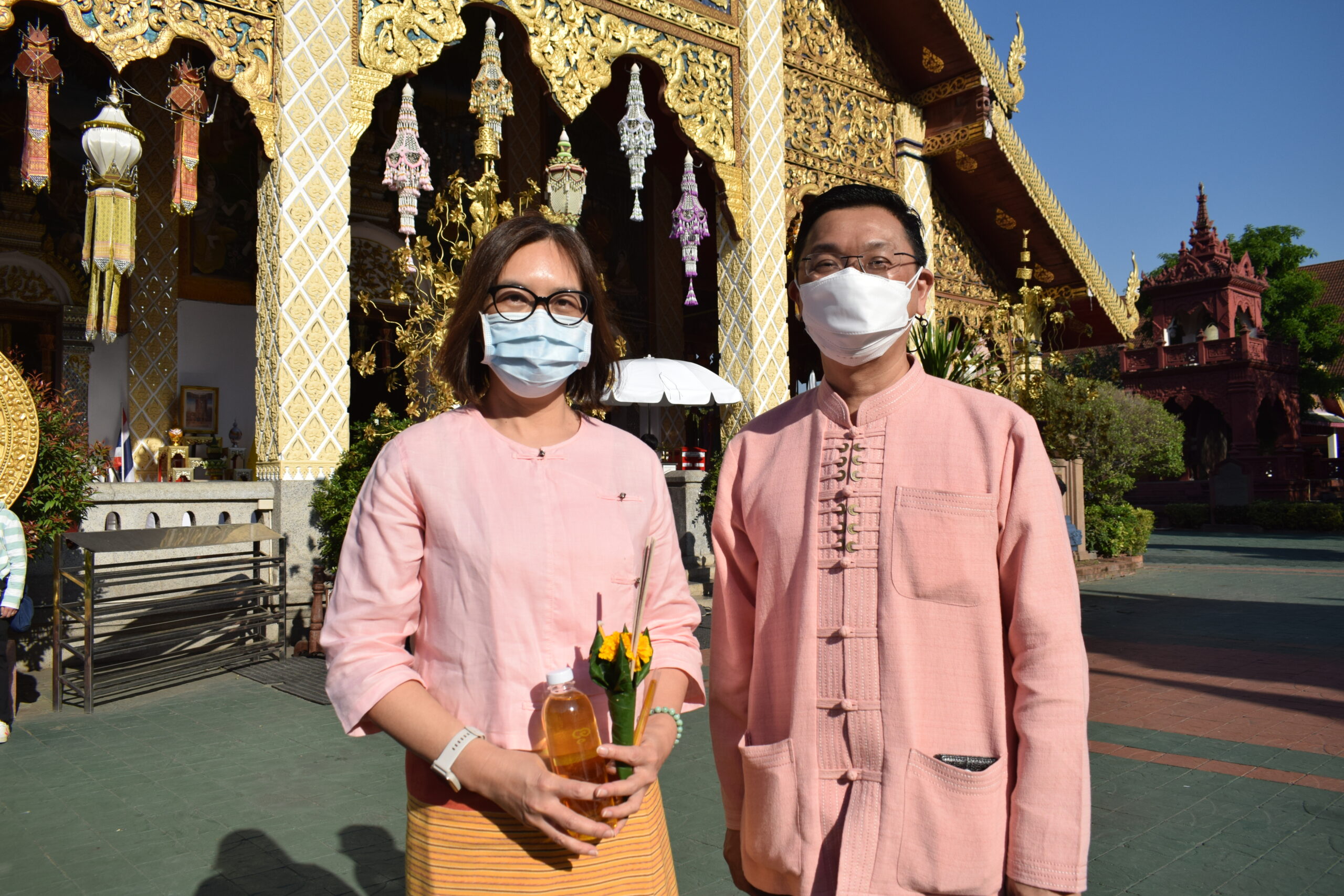
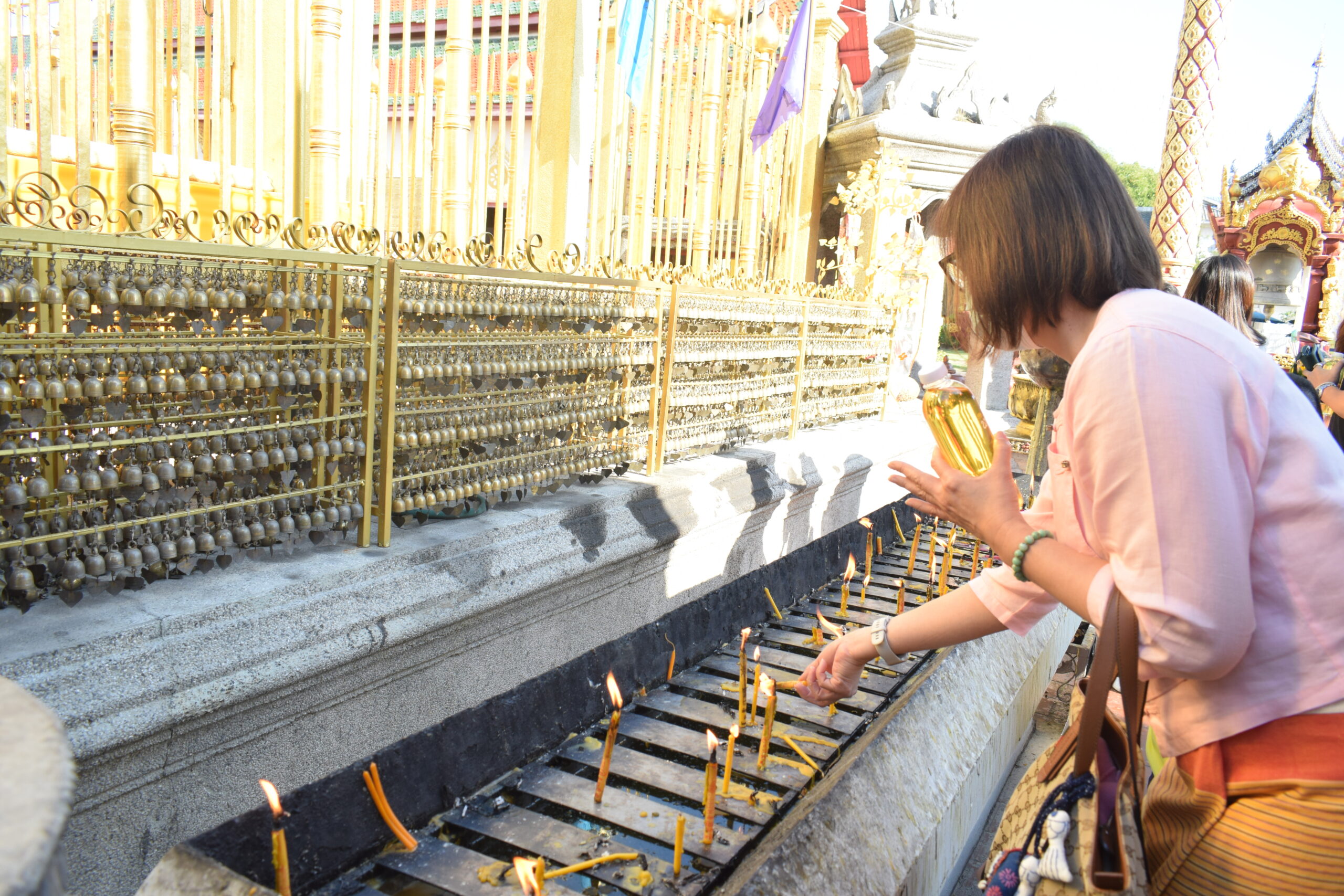
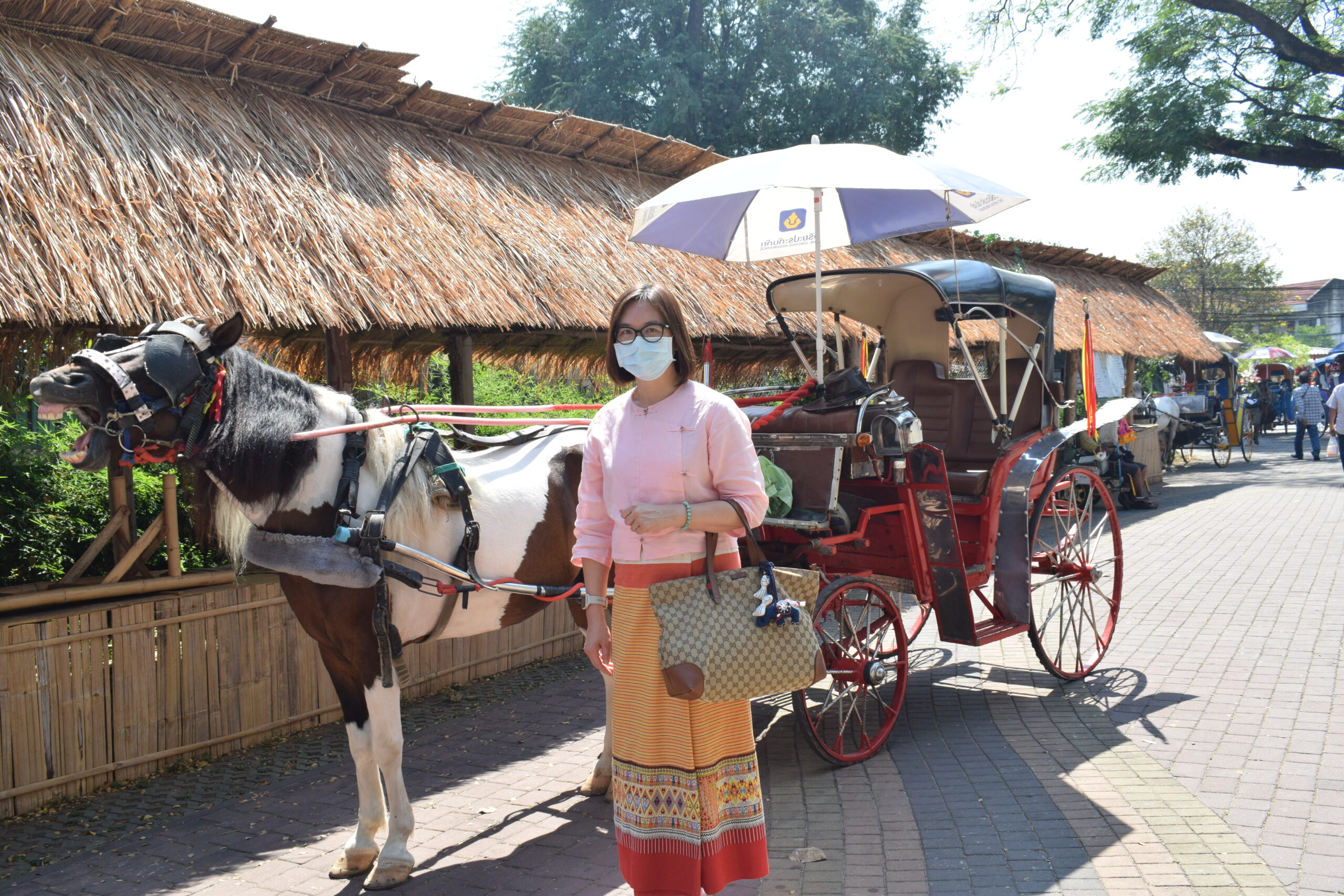
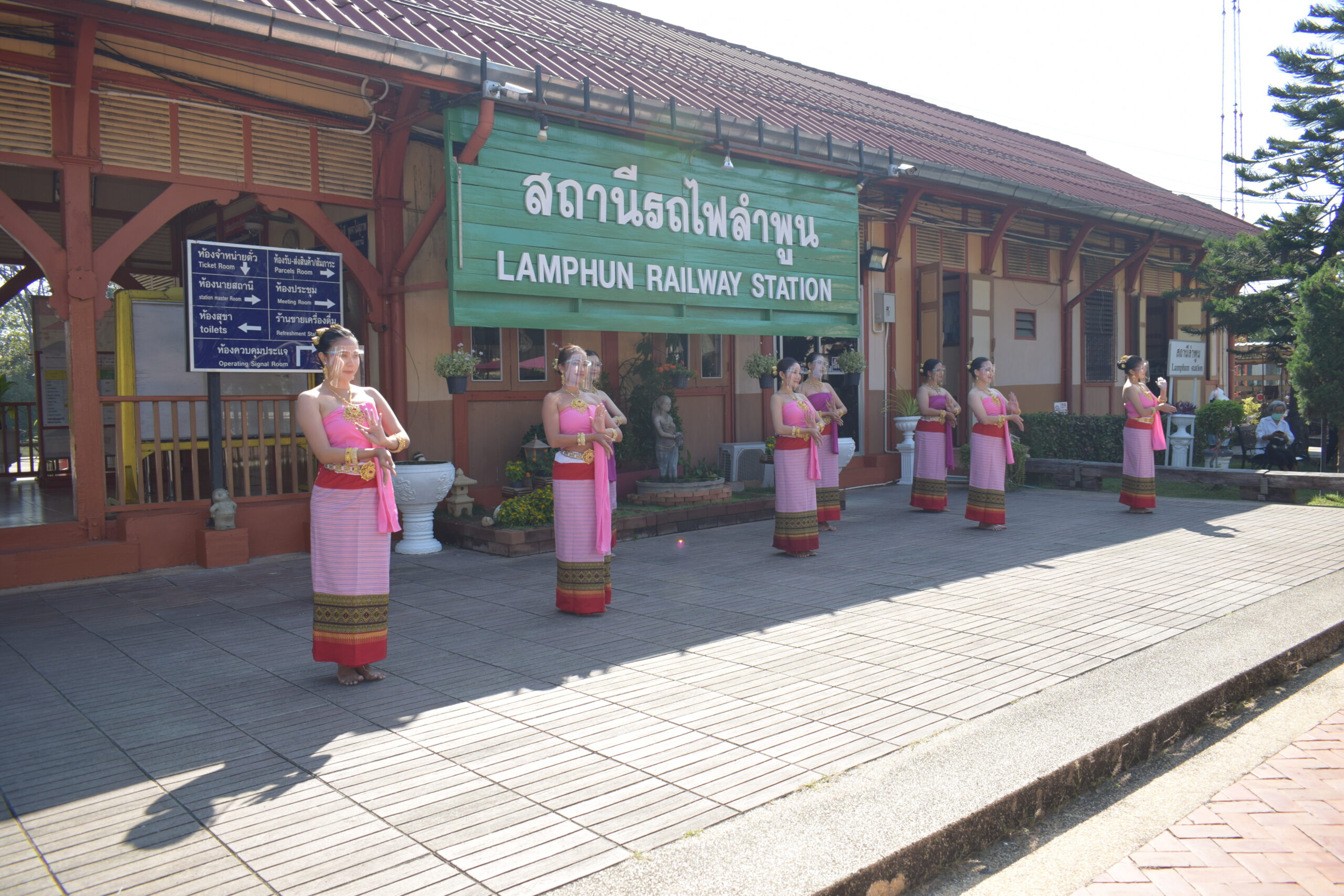
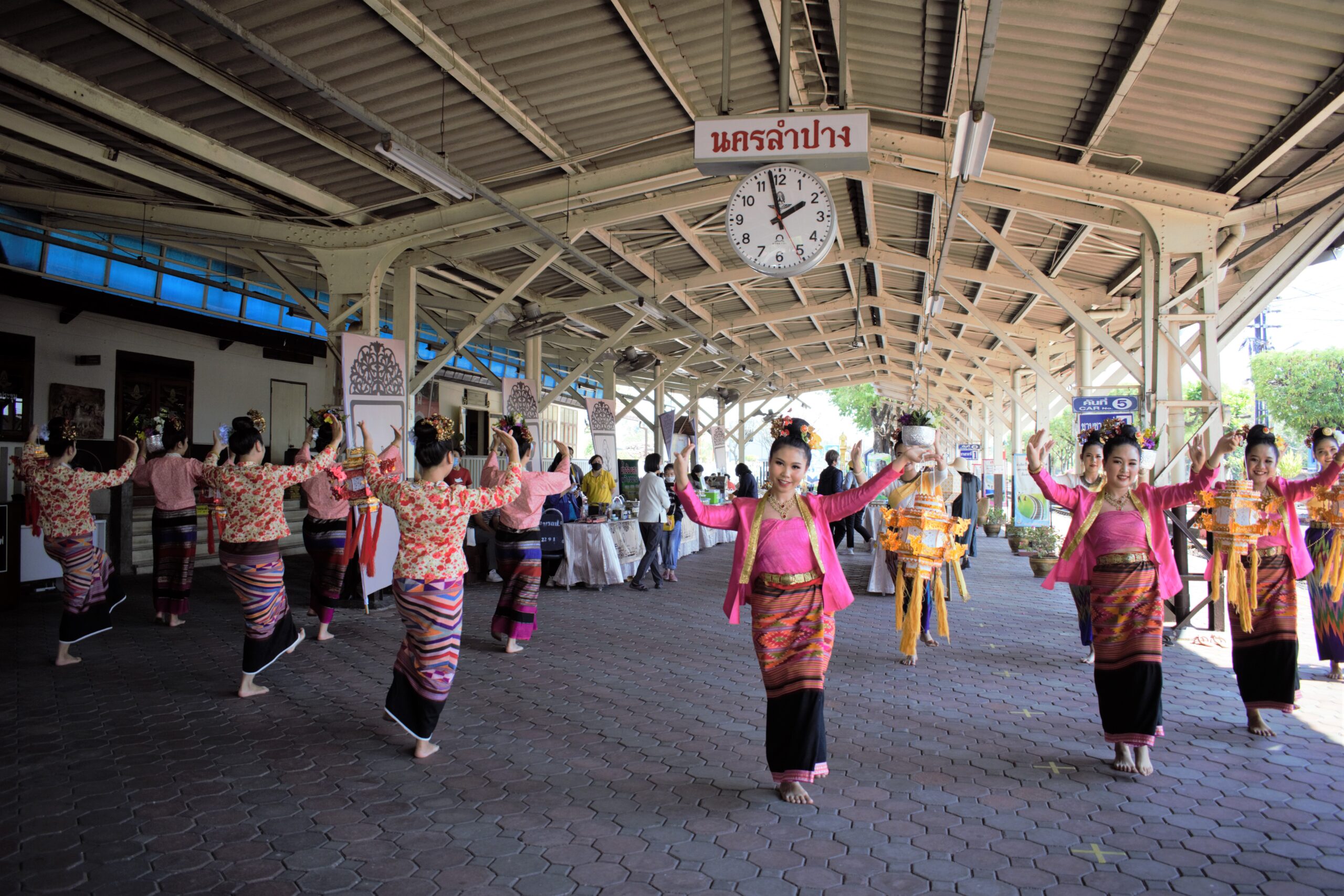

This project will help contribute to the goal of the Science, Research and Innovation Promotion Fund for 2022, in increasing revenue for secondary cities through tourism. This research focuses on the distribution of tourists from the main city, Chiang Mai province, to connecting secondary cities, which are Lampoon and Lampang. On this inaugural occasion there will be an average of 120 visitors per day, with activities in both secondary cities, which is expected to drive spending by quality tourists who focus on experiencing the local way of life and cultural stories, resulting in economic value generated by creative tourism.
Ms. Nattanan Thitiyapramote, Ph.D., head of the research project, said that the cultural train route tourism project in the upper Lanna provinces was born in 2016 to organize train activities for cultural tourism by connecting 3 provinces, namely Chiang Mai, Lampoon and Lampang. which has been in operation for a while, and the operation life cycle has simply expired. Because the current coronavirus (COVID-19) crisis has caused enormous economic impacts, especially in the tourism sector in the north, reviving railway tourism for the domestic tourism industry has thus become an opportunity to bring tourism-related income into the economy to make up for the decline from the international tourism market. Together with this, the policies of the Ministry of Higher Education, Science, Research and Innovation (MHESI) and the PMUC, will drive the tourism economy to increase the country’s competitiveness, including the support and assistance from the State Railway of Thailand joining in the push to help make the research project happen.
The highlight of this project is the collaboration between educational institutions, funding agencies, the State Railway of Thailand and the community, in creating travel routes by train to stimulate the economy and generate income from all sectors. This touring route was the first time that the travel theme was based on tourism by train in a retro atmosphere based on the history of railway operations during the reign of King Rama V, covering railroad tourism and the Old Town and the Commercial Quarter, with a focus on delivering value, emotions, and sensory appeal thru a sense of nostalgia while allowing participation from all involved local areas. Tourists will experience a train travel route linking historic sights, railway trade routes, and connecting the old towns of the three provinces in one day in air-conditioned trains with newly designed interior offering full onboard services. Additional activities include experiencing unique local means of transportation in Chiang Mai, Lampoon and Lampang, as well as listening to commentary and enjoying a guided tour by professional tour guides, and shopping for products from the OTOP network communities in the 3 provinces. This route will be the starting point for commercial tourism trains in the North during this year’s high season.
The outcome achieved from the project will create a new tourism model in Chiang Mai, Lampoon and Lampang provinces for both Thai and foreign tourists. In addition, the State Railway of Thailand has a channel to generate income from train operation for tourism in addition to normal train operation, generating more monetary benefits and increasing the country’s competitiveness in the tourism industry. At the same time, this will help enable government agencies to compete in the tourism business.
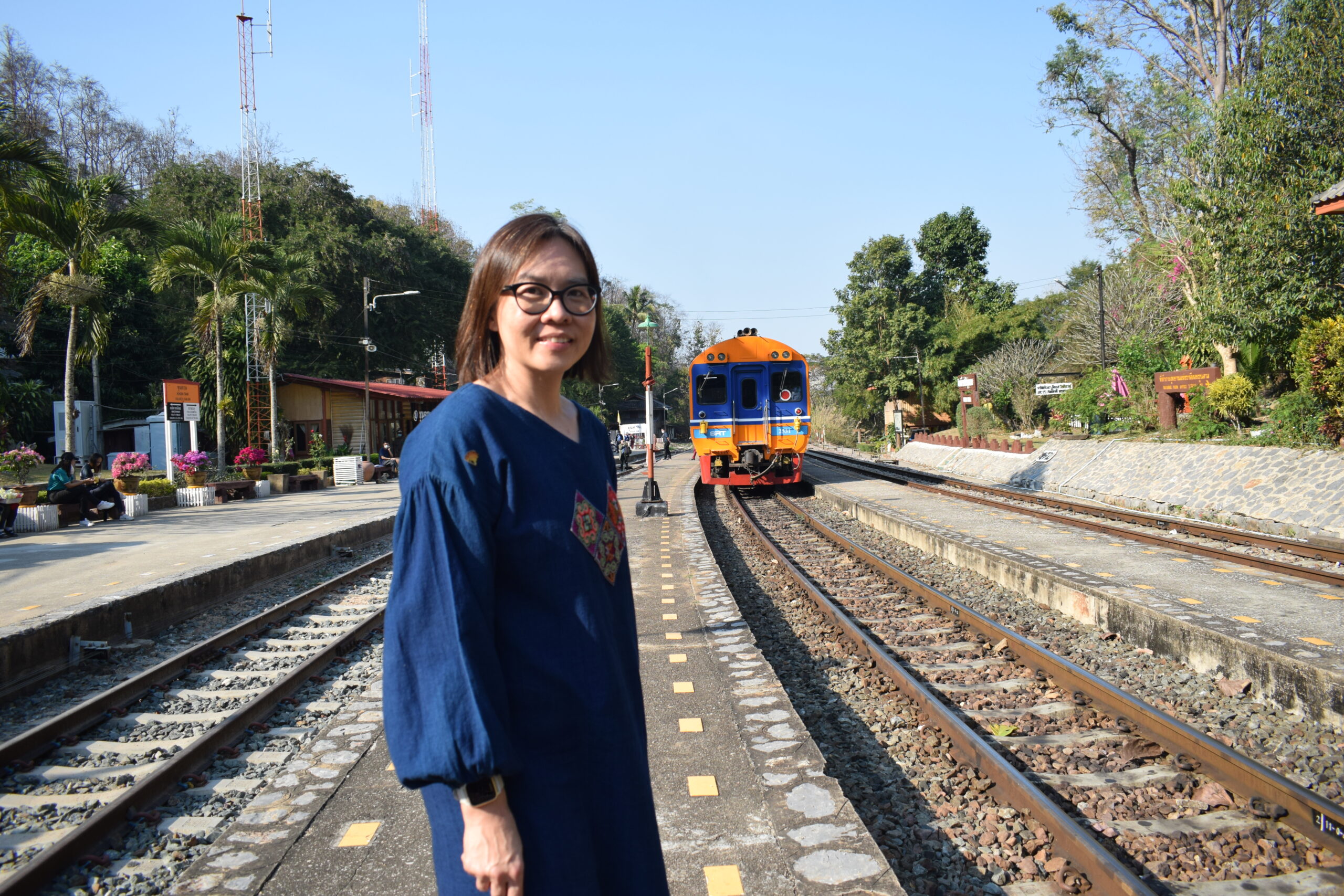
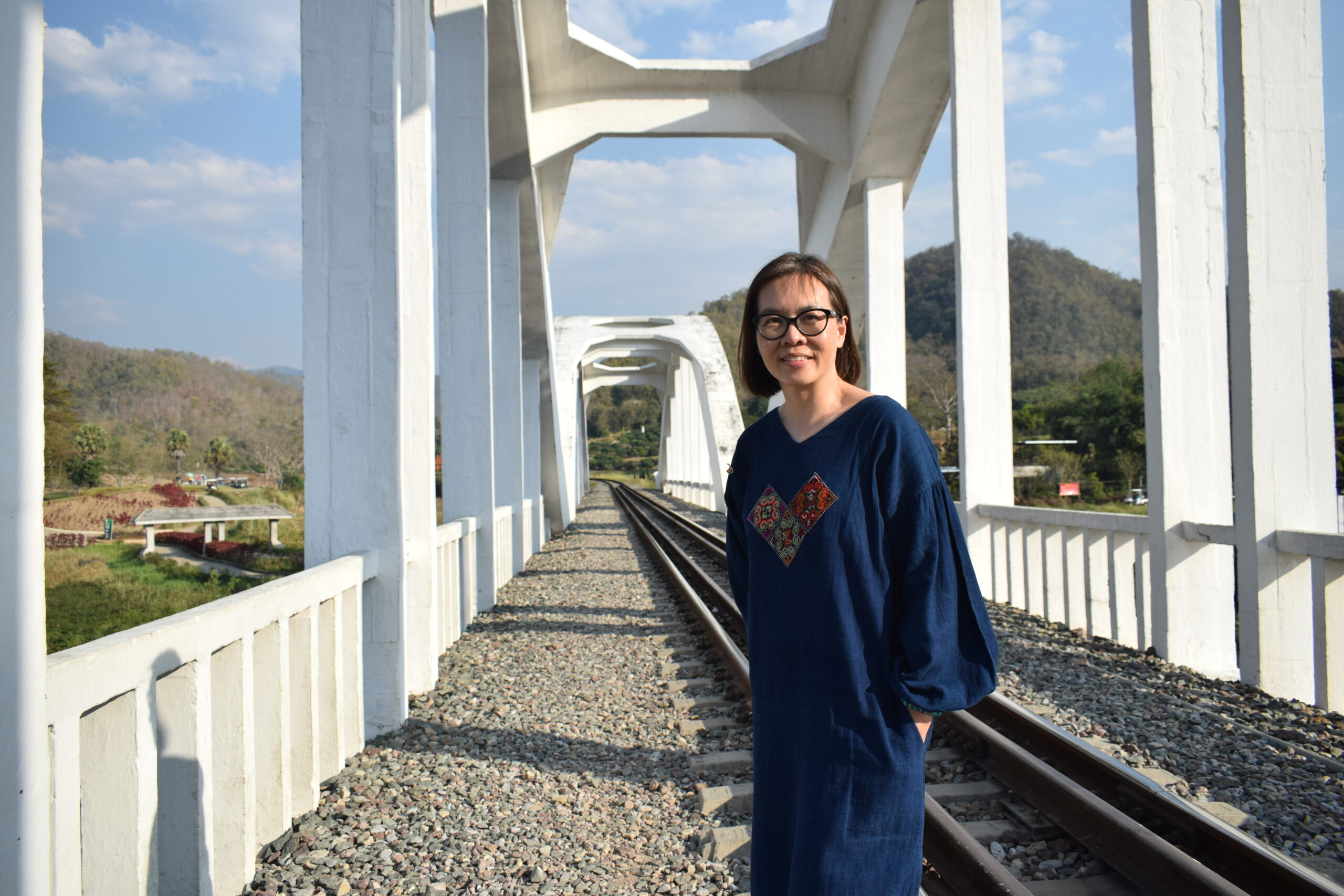
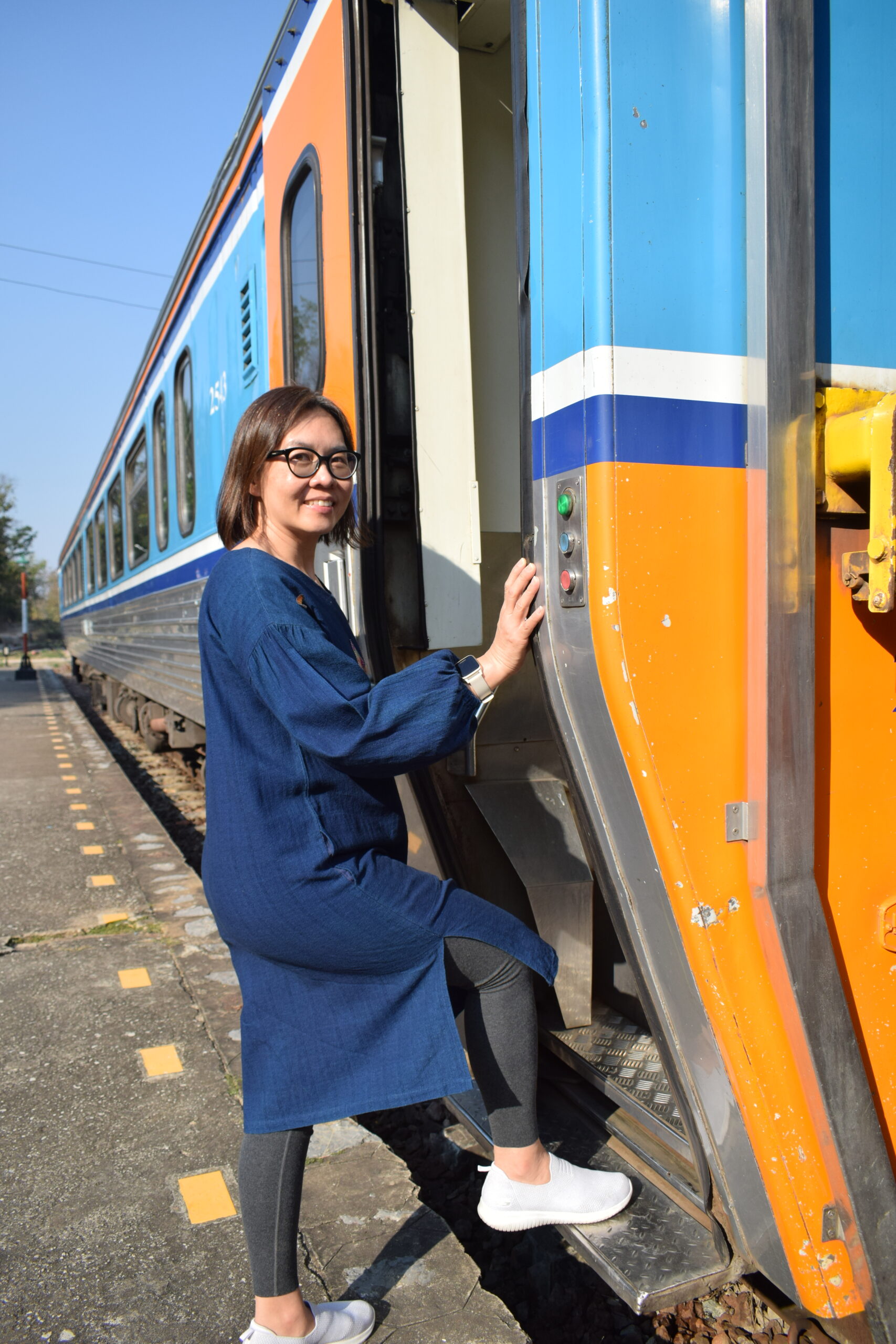
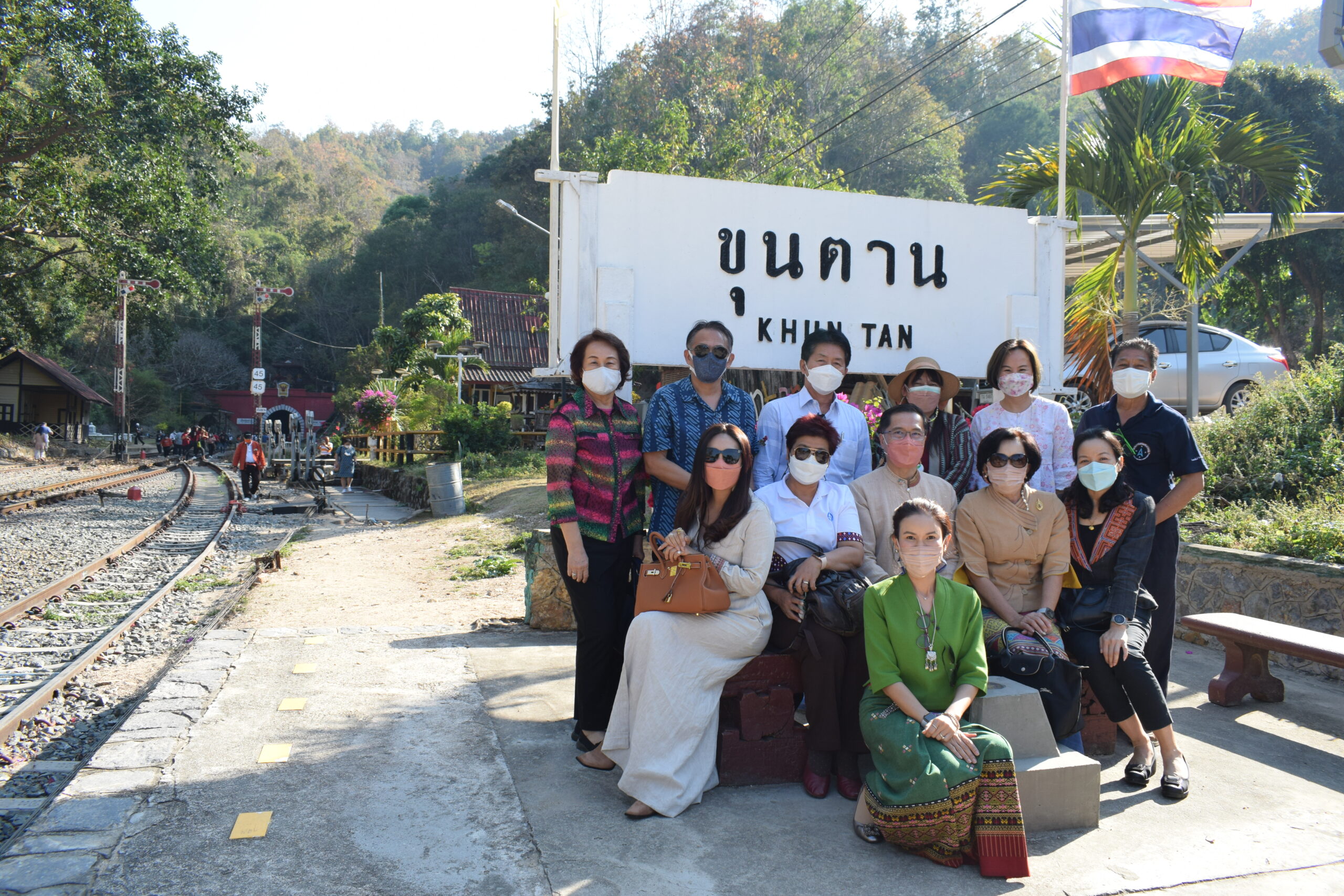
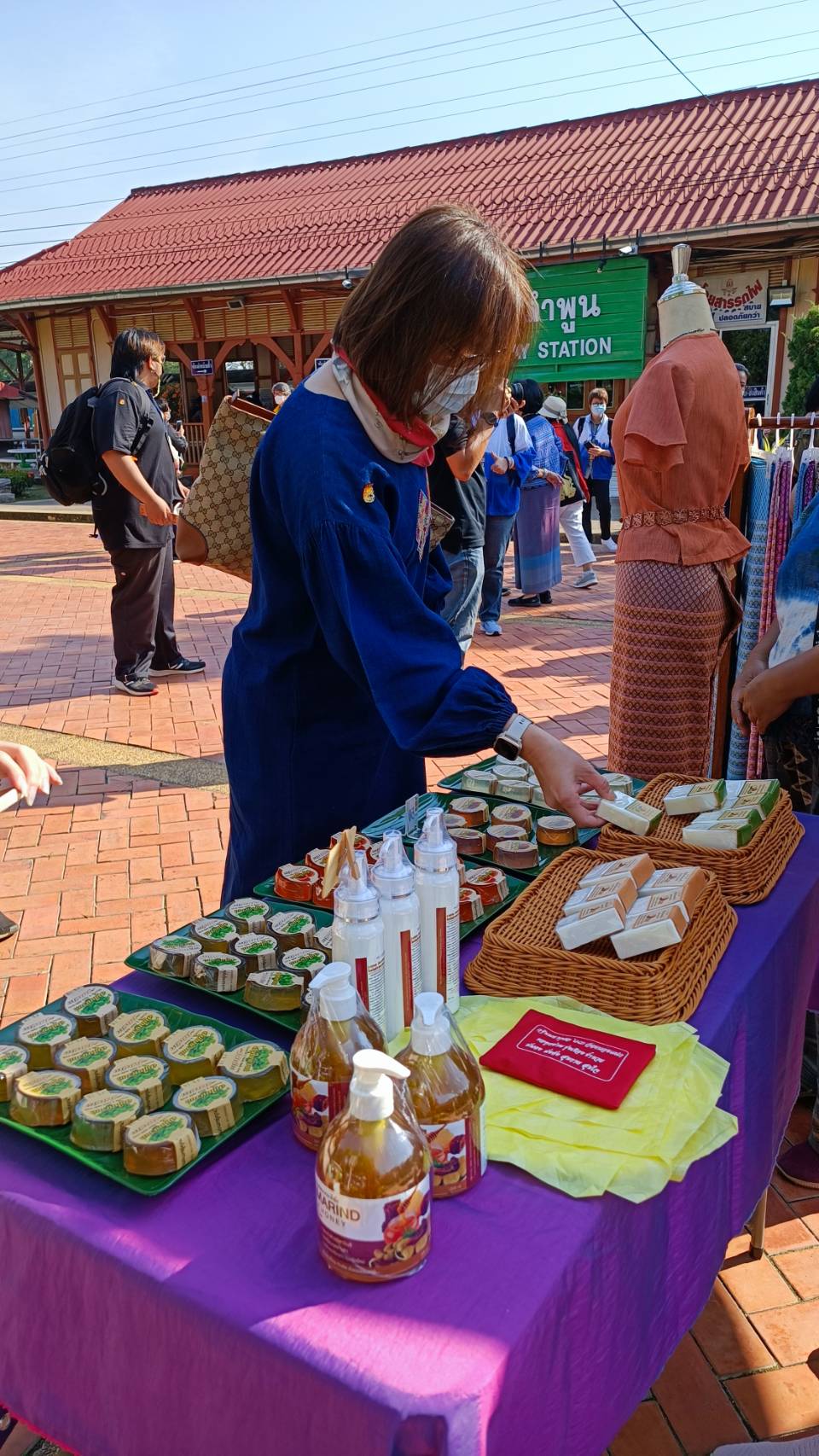
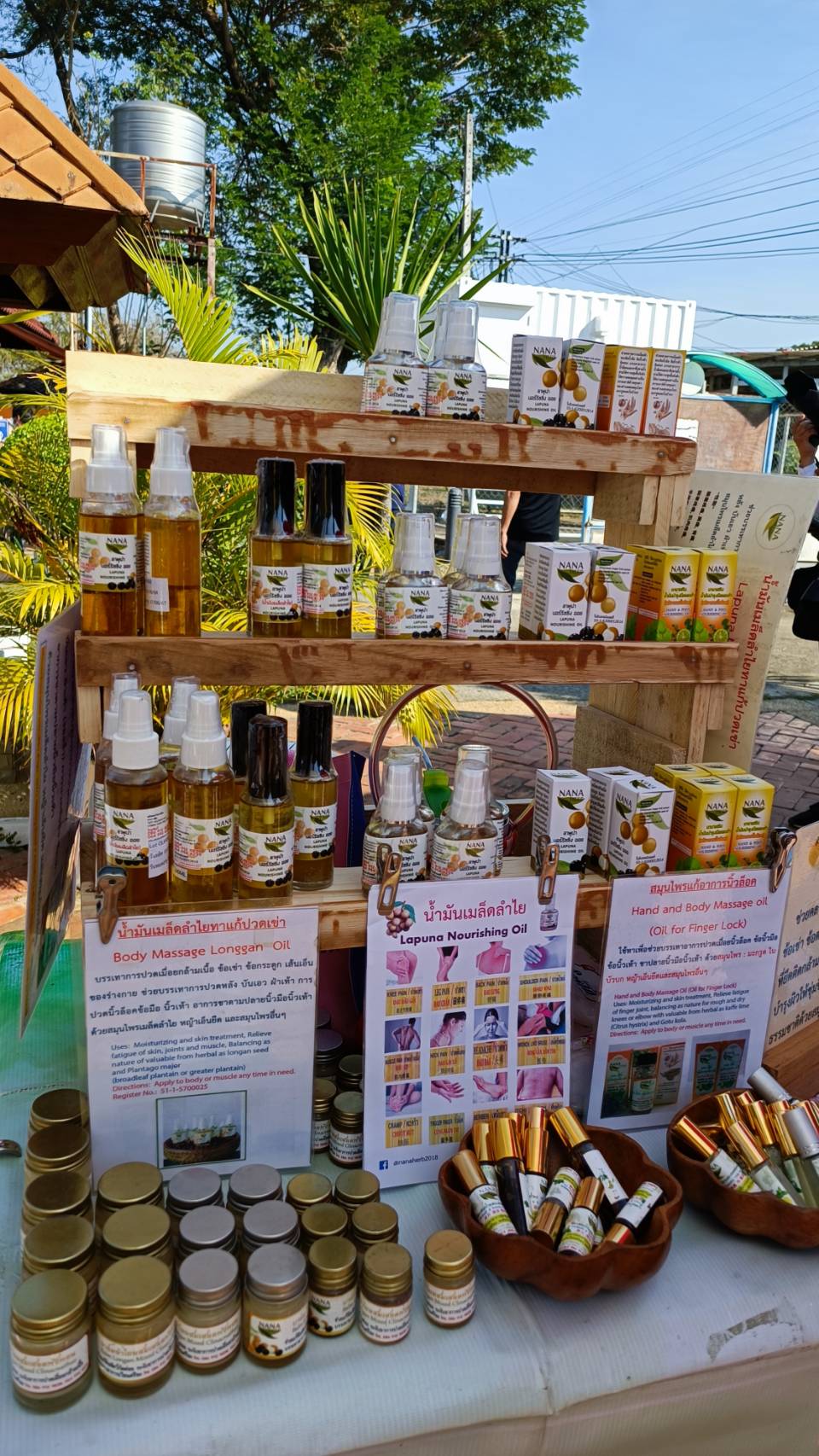
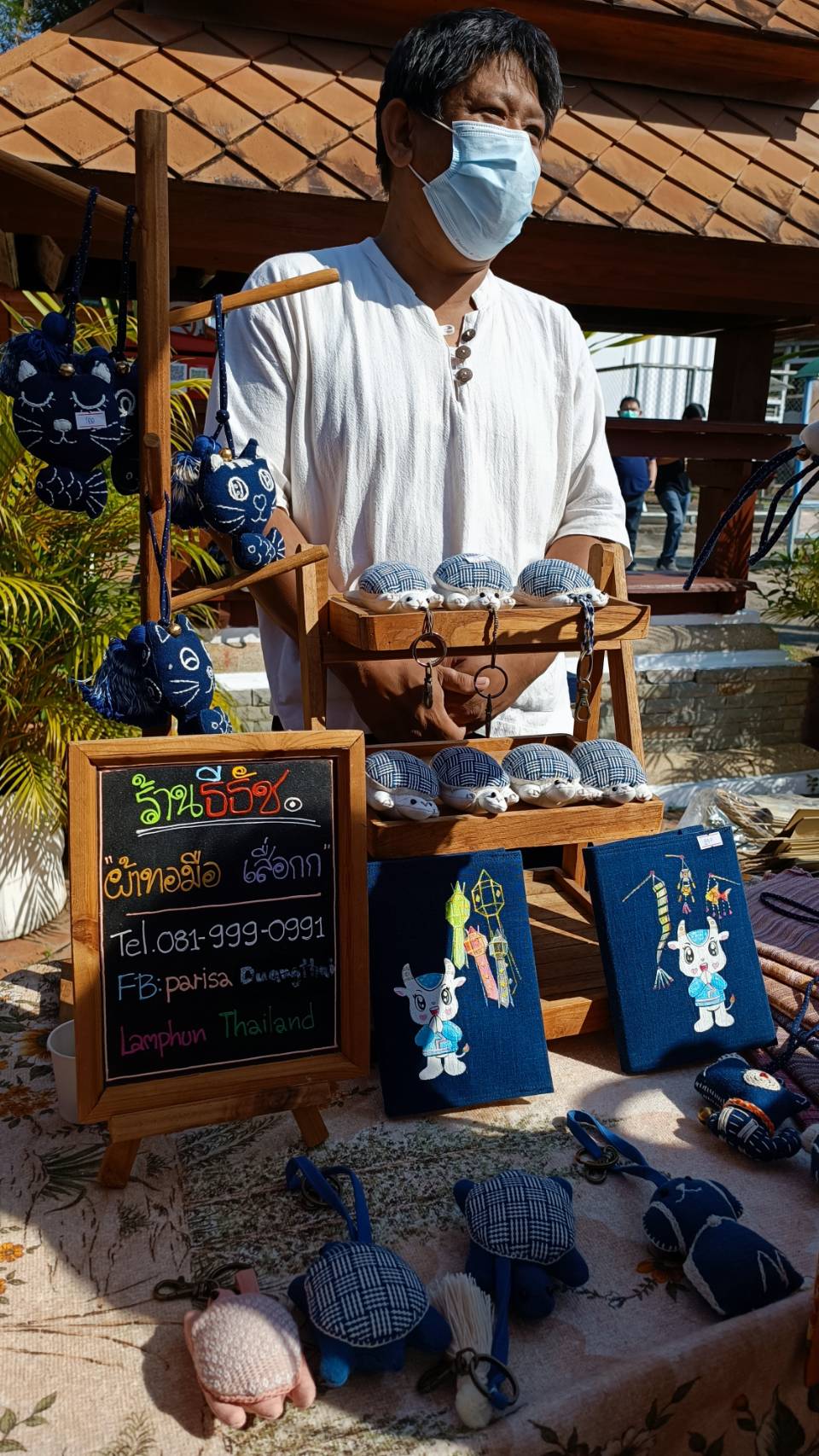
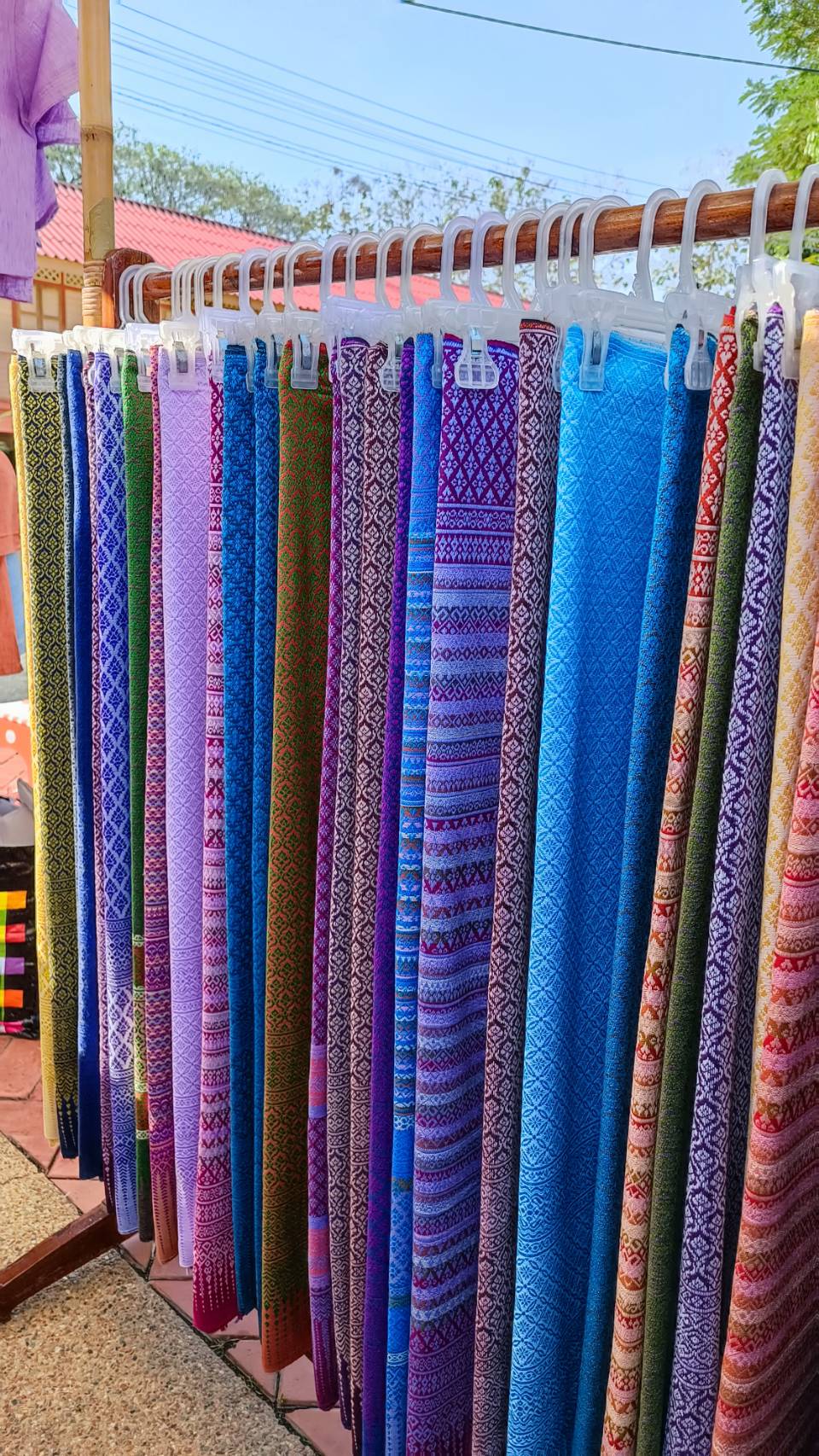
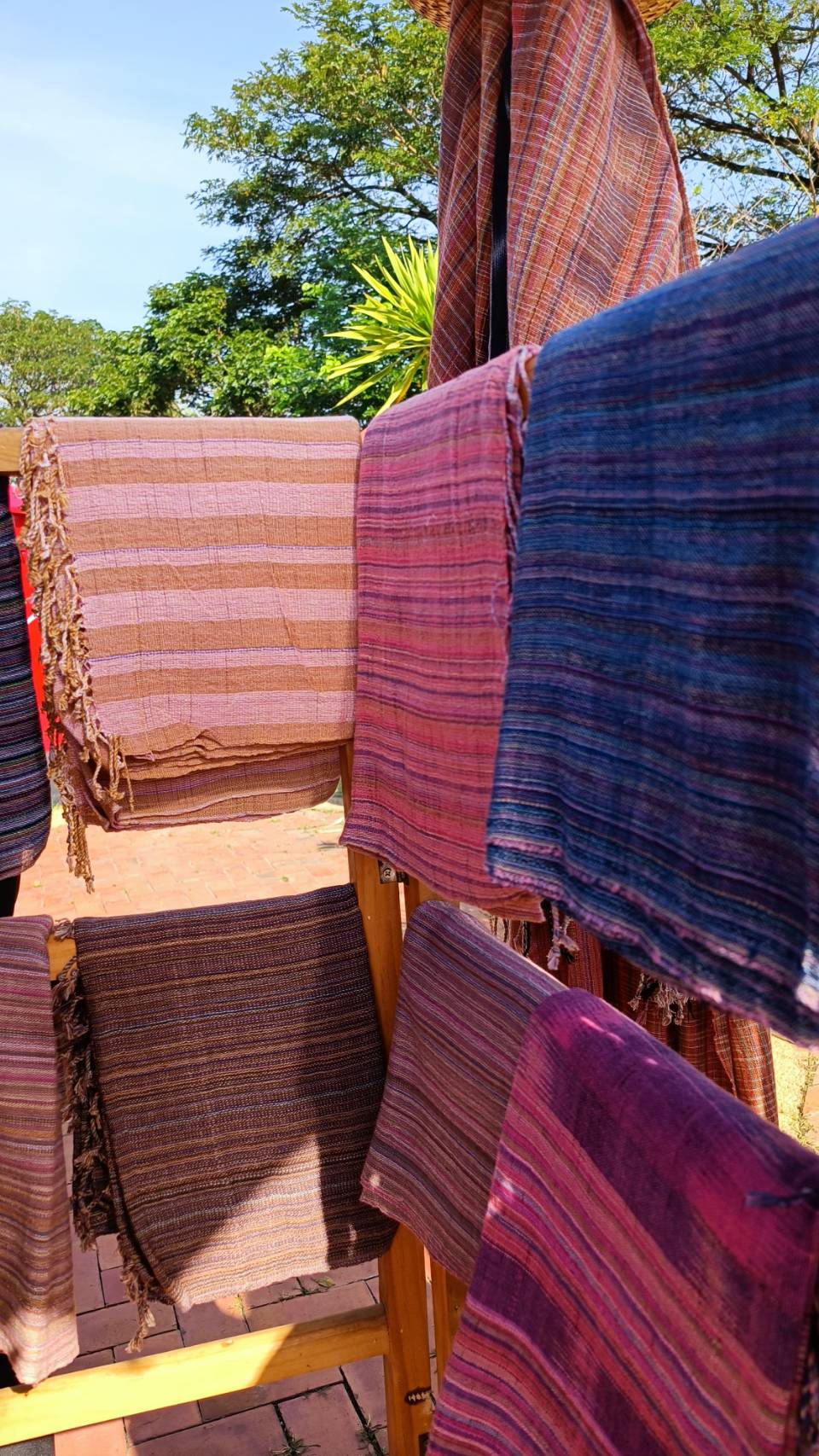
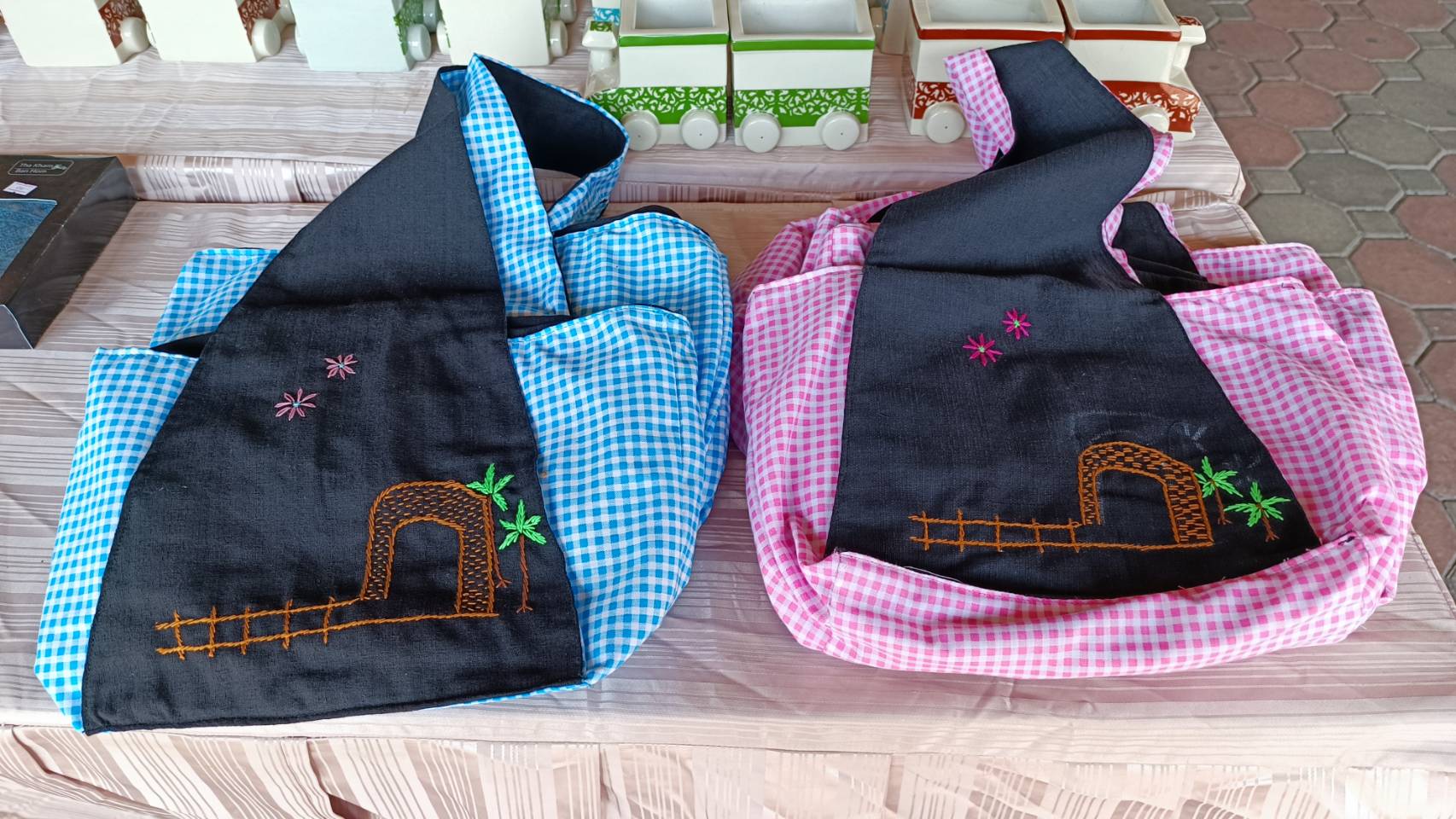
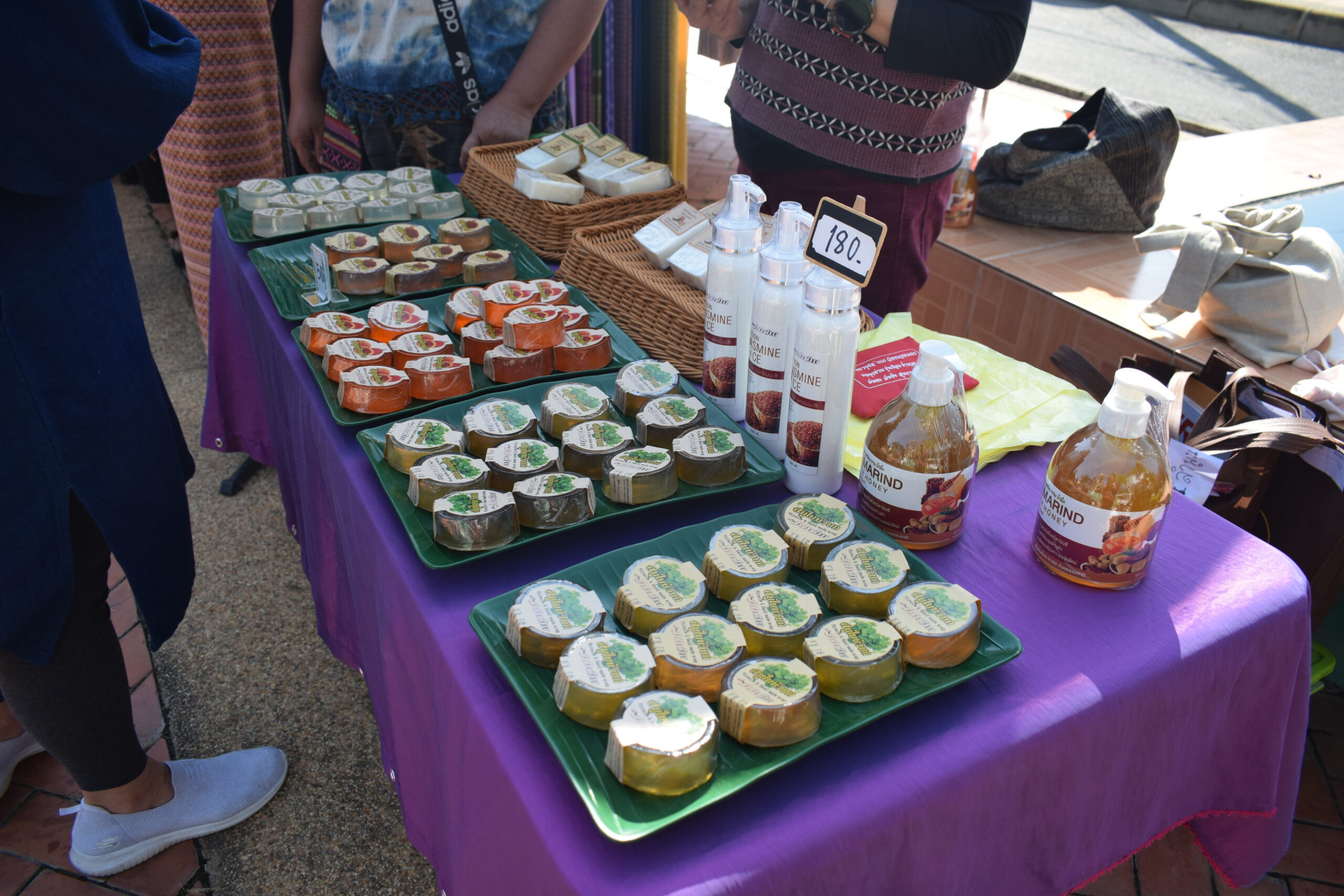
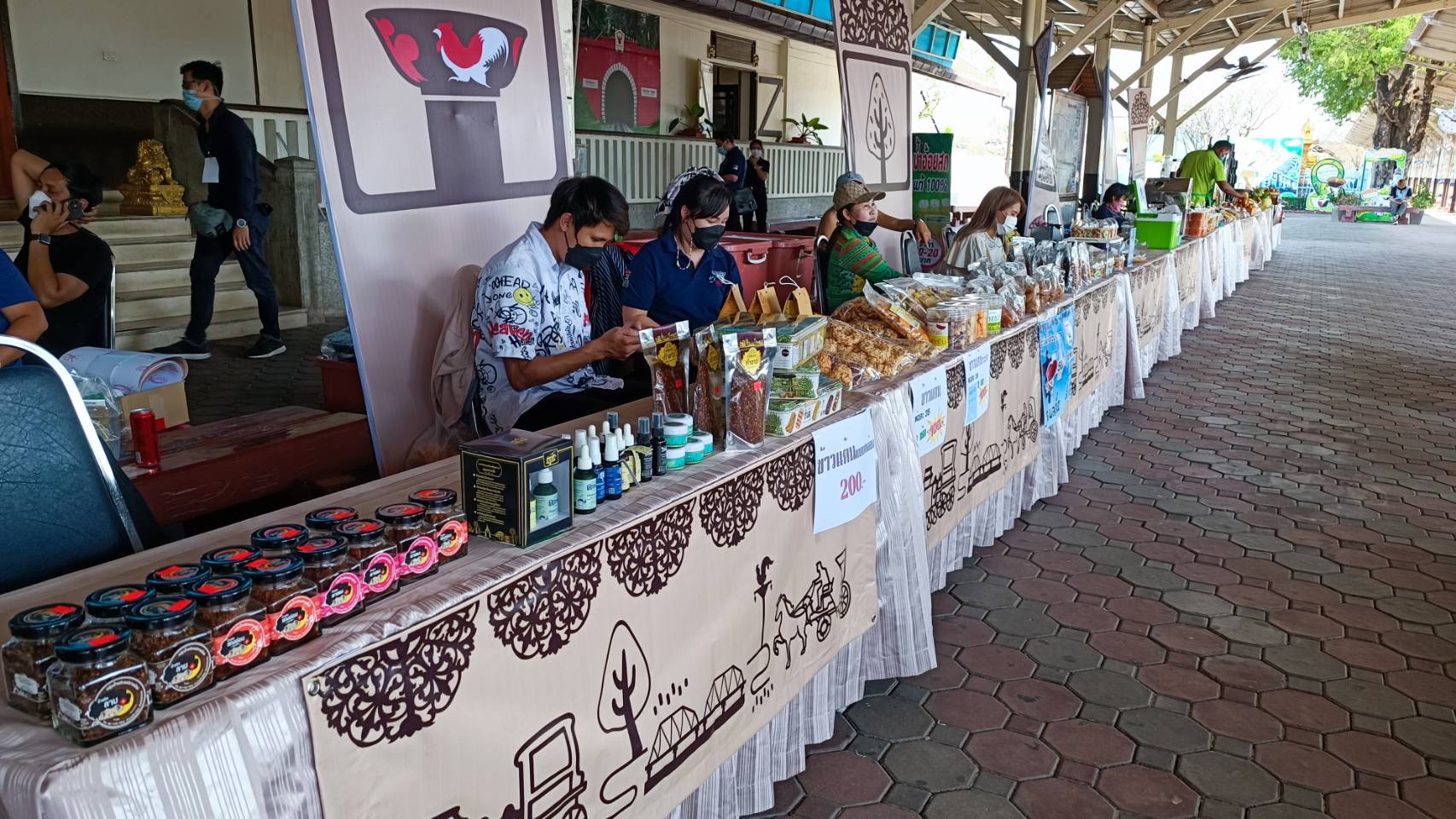
With the support from PMUC in initiating a project to research and develop a new historic train route through three provinces in the upper Lanna provinces, namely Chiang Mai – Lampoon – Lampang, which is one of the missions of the Tourism and Creative Economy Program of PMUC, the result has been the creation of other related projects such as a creative tourism program based on Lampang food culture and local identity along with other connected areas. The goal is to develop a prototype of Lampang’s handicraft industry, with the resulting products being used as food containers to be sold on trains. It also contributes to the development and expansion of tourism related business at destination areas as well as at rest points along the route, such as restaurants, gift shops, guided tour businesses, as well as hotel and transportation businesses at the local level. It is the hope of PMUC that in the future this can be expanded to connect with other train routes, which will be incorporated into this new tourism project to enhance the competitiveness of the tourism industry in the north and other regions of Thailand.

